The Various Literary Forms of Philosophy (guest post)
“What are the literary forms philosophy can come in? Judging by contemporary works it seems the best way to express our ideas is in 8000-word journal articles, monographs, the occasional op-ed. But there are so many literary forms to do philosophy in.”
That’s Helen De Cruz (St. Louis University) on Twitter, where she provided a long list of the various literary forms philosophy has came in over the years. With her permission, a version of that list appears below.
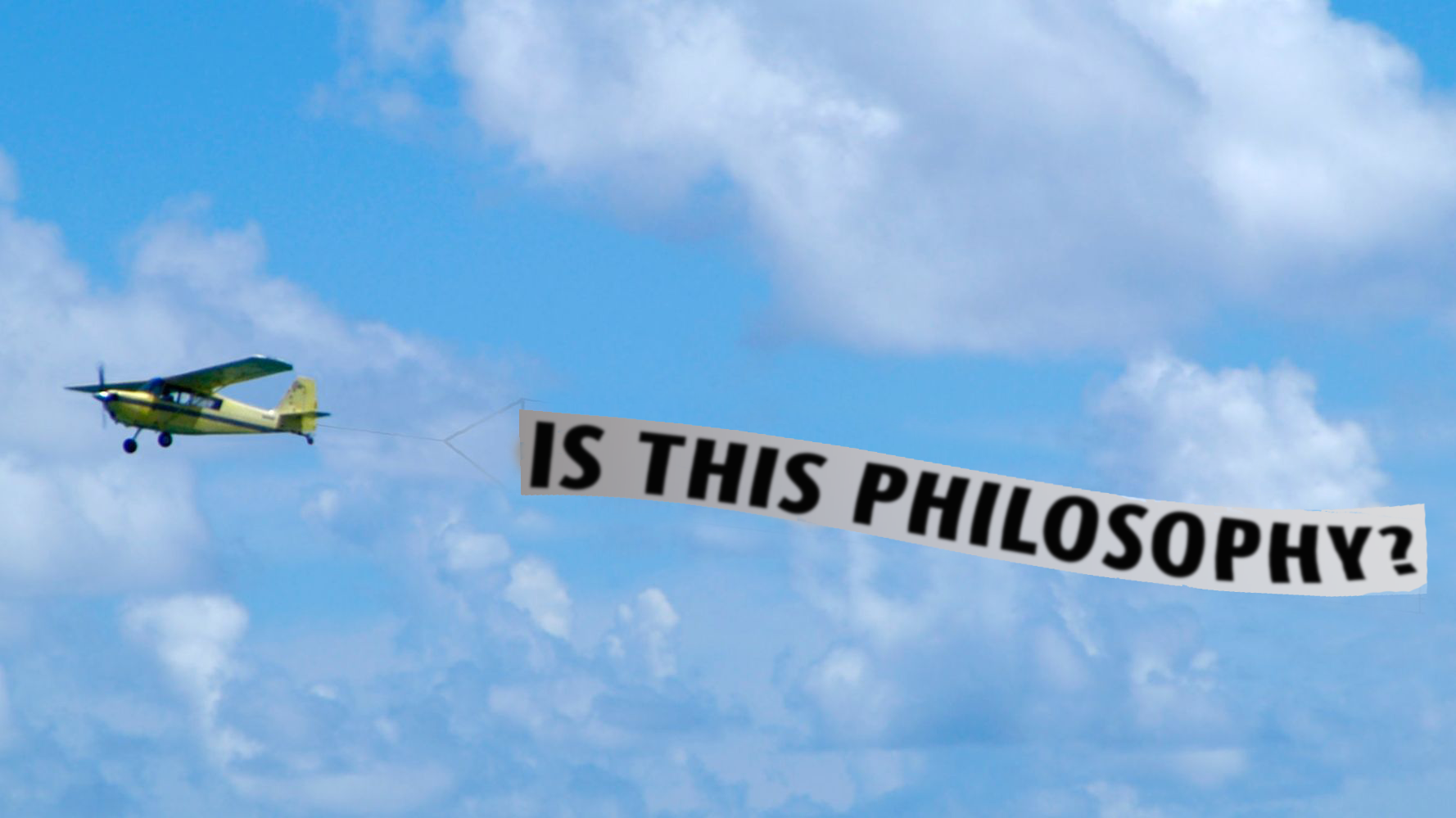
The Various Literary Forms of Philosophy: a Non-Exhaustive List
by Helen De Cruz
Parables/Stories (example: Zhuangzi, the story of Hundun)

Poems (example: Wang Yangming)

Dialogues (example: Hume, Dialogues Concerning Natural Religion)
Letters (example: Sophie de Grouchy, Letters on Sympathy)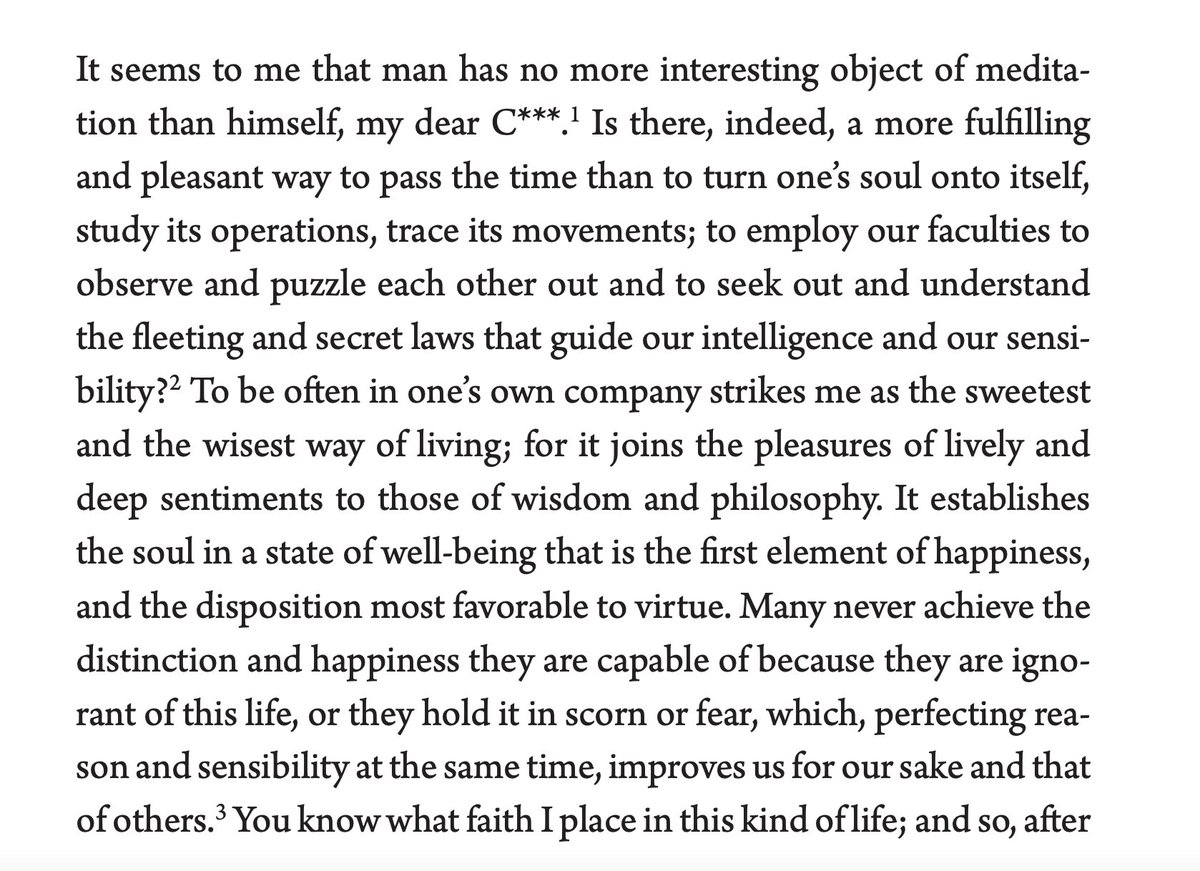
Autobiography (example: Beauvoir, A Very Easy Death)

Demonstrations in Geometric Order (example: OK I can only think of Spinoza but still…)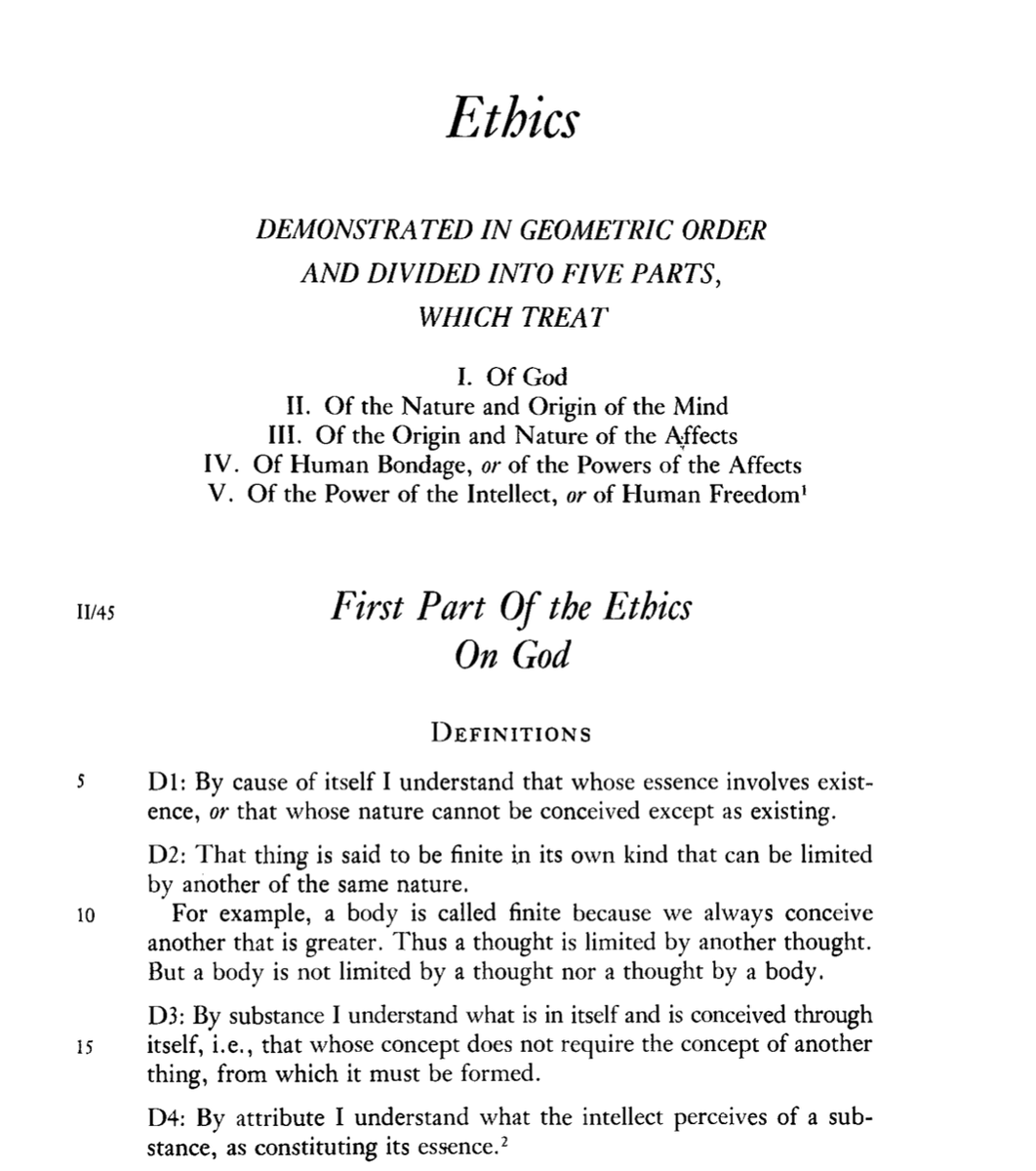
Meditations (example: Descartes, of course)
Inquiries of various sorts (example: Adam Smith, An Inquiry into the Nature and Causes of the Wealth of Nations)
Manifestos (example: Vienna Circle Members, 1929, on the scientific conception of the world)
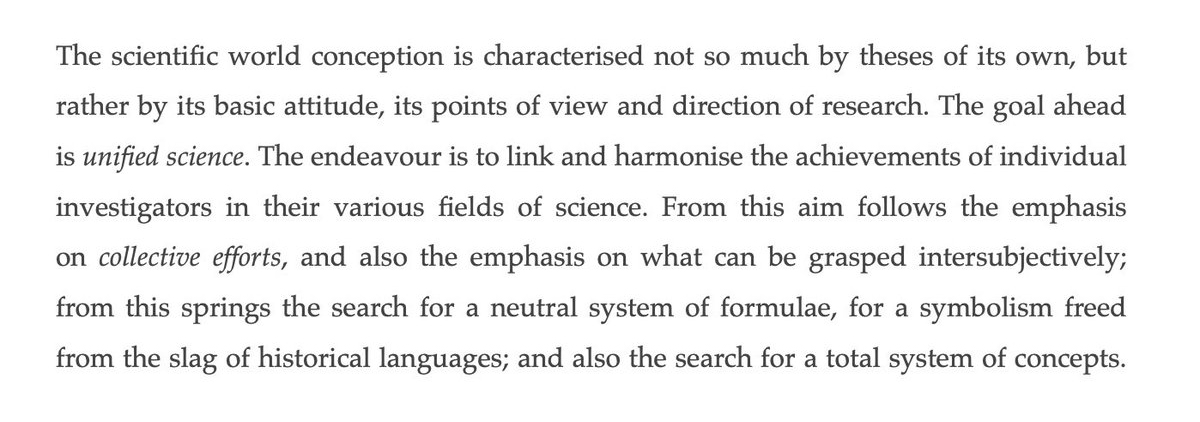
Genealogies (example: Nietzsche’s Genealogy of Morality)
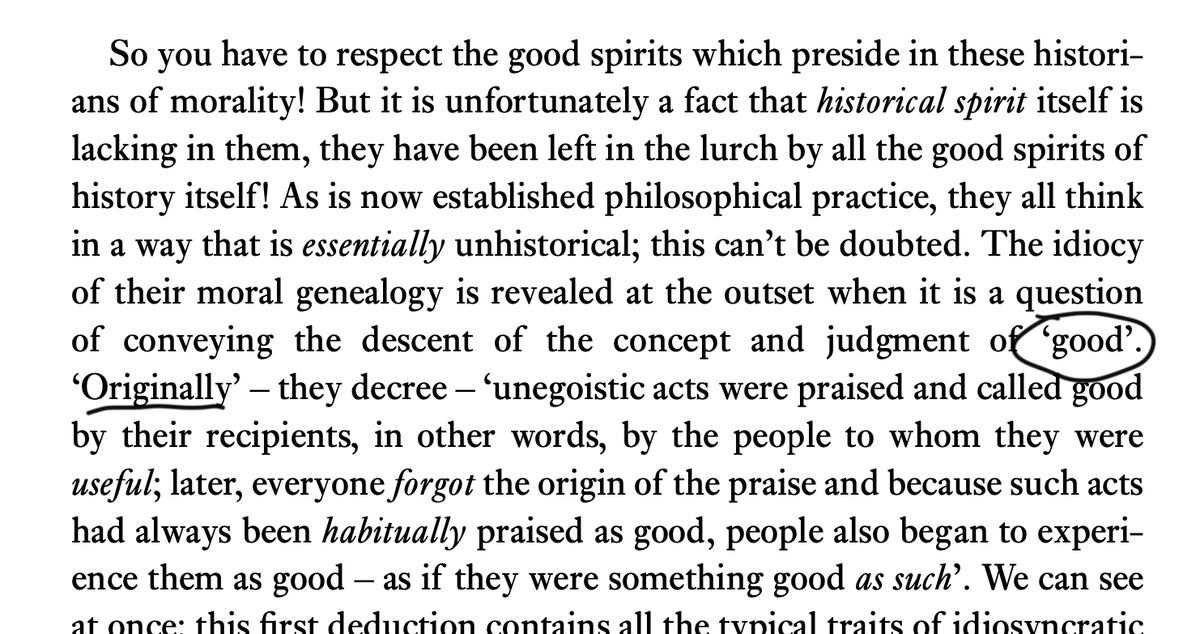
Pensées (example: Pascal’s Pensées)
Summae (example: Aquinas’s Summa Theologica)
Prolegomena (example: Kant, Prolegomena to Any Future Metaphysics)
Revelations (example: Julian of Norwich’s Revelations of Divine Love)
Commentaries on older texts (example: Zhu Xi’s commentaries on the Mengzi)
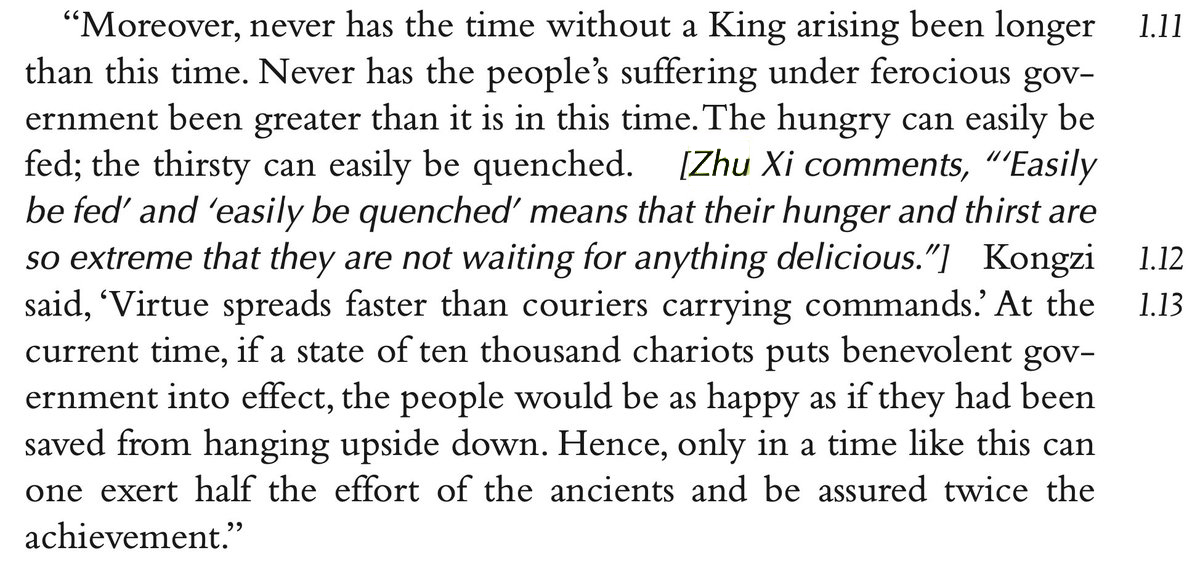
Confessions (example: Augustine’s Confessions)
Allegories (example: Christine de Pisan, The Book of the City of Ladies)
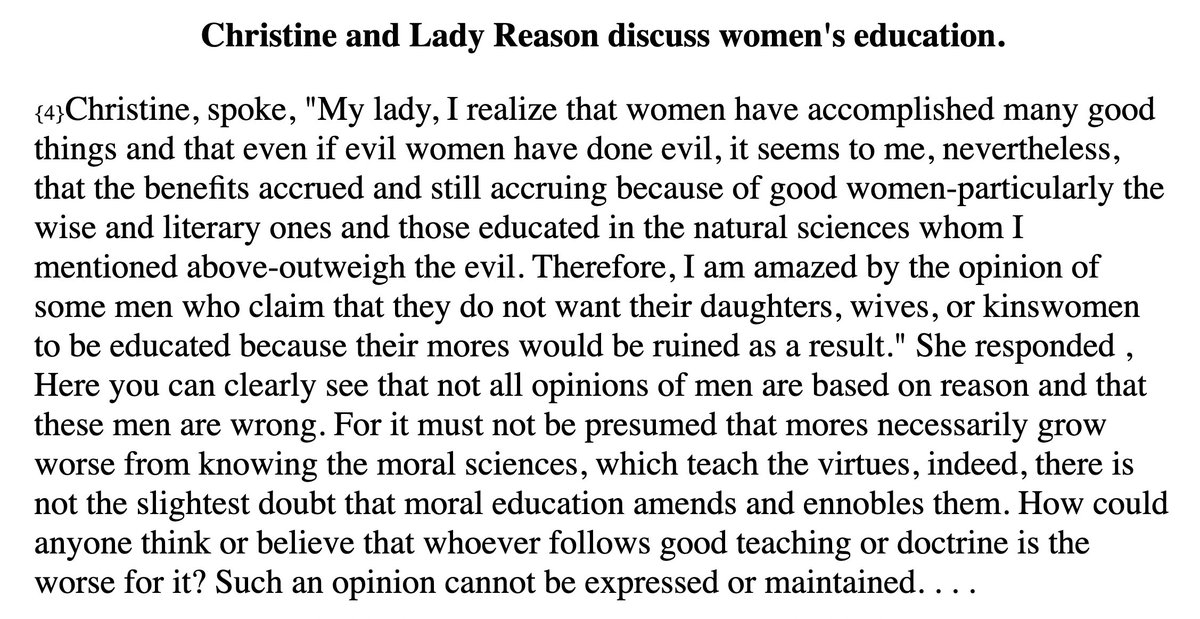
Plays (example: Jean-Paul Sartre’s No Exit)
Psychoanalysis (example: Franz Fanon, Wretched of the Earth)
Outlines (example: Condorcet, Outlines of an Historical View of the Progress of the Human Mind)
Tractatus (and similar lists of succinct statements) (example: Ludwig Wittgenstein’s Tractatus Logico-Philosophicus)
Essays (example: Michel de Montaigne, Of Friendship)
Guidebooks (example: Maimonides, Guide for the Perplexed)
Utopias (example: Thomas More, Utopia)
Orations (example: Giovanni Pico della Mirandola, Oration on the Dignity of Man)
Trial Reports/Histories (example: Hannah Arendt, Eichmann in Jerusalem)
Discourses (example: Xunzi, Discourse on Music)
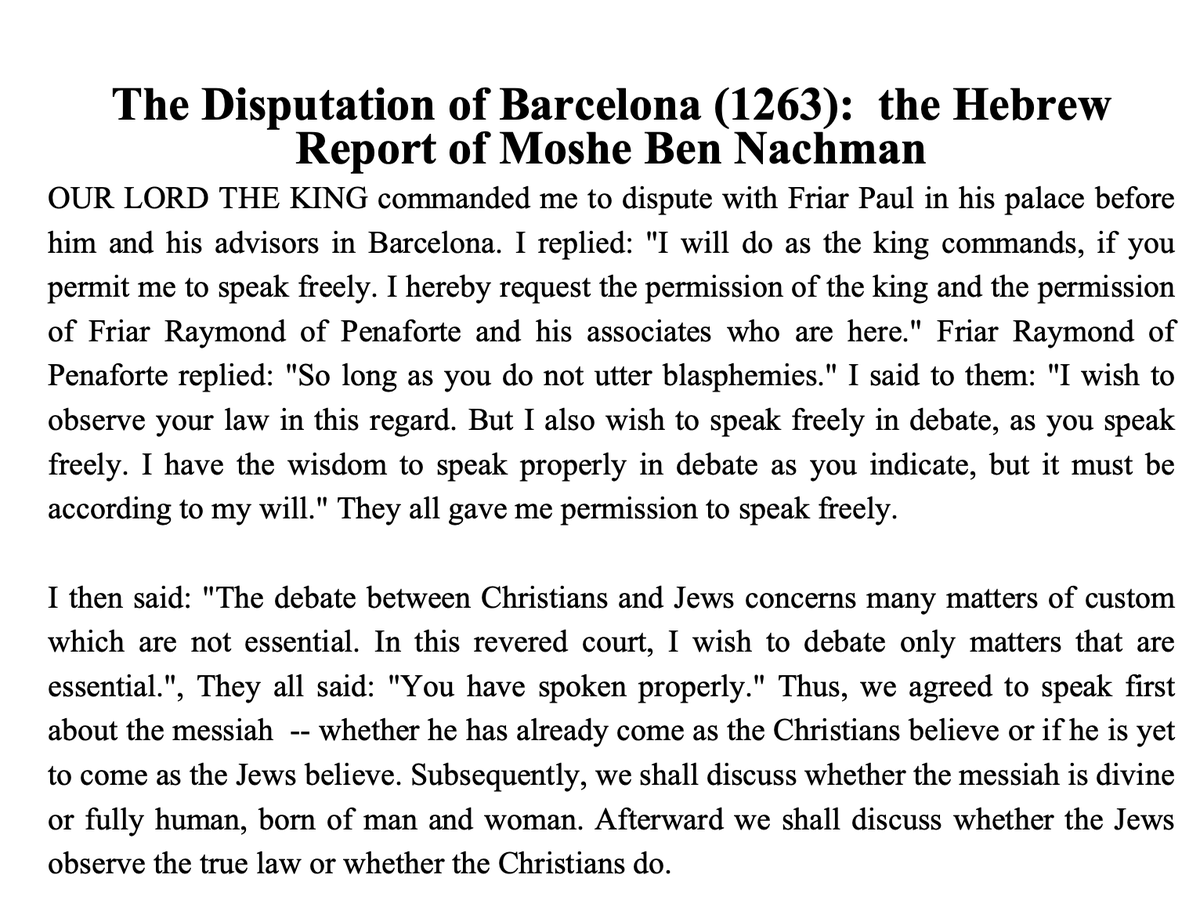


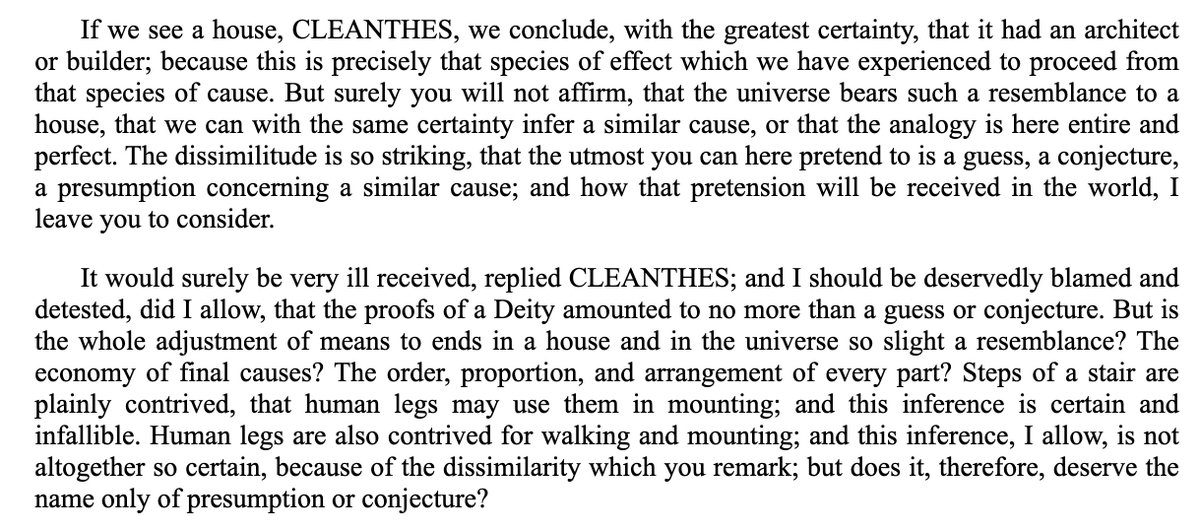
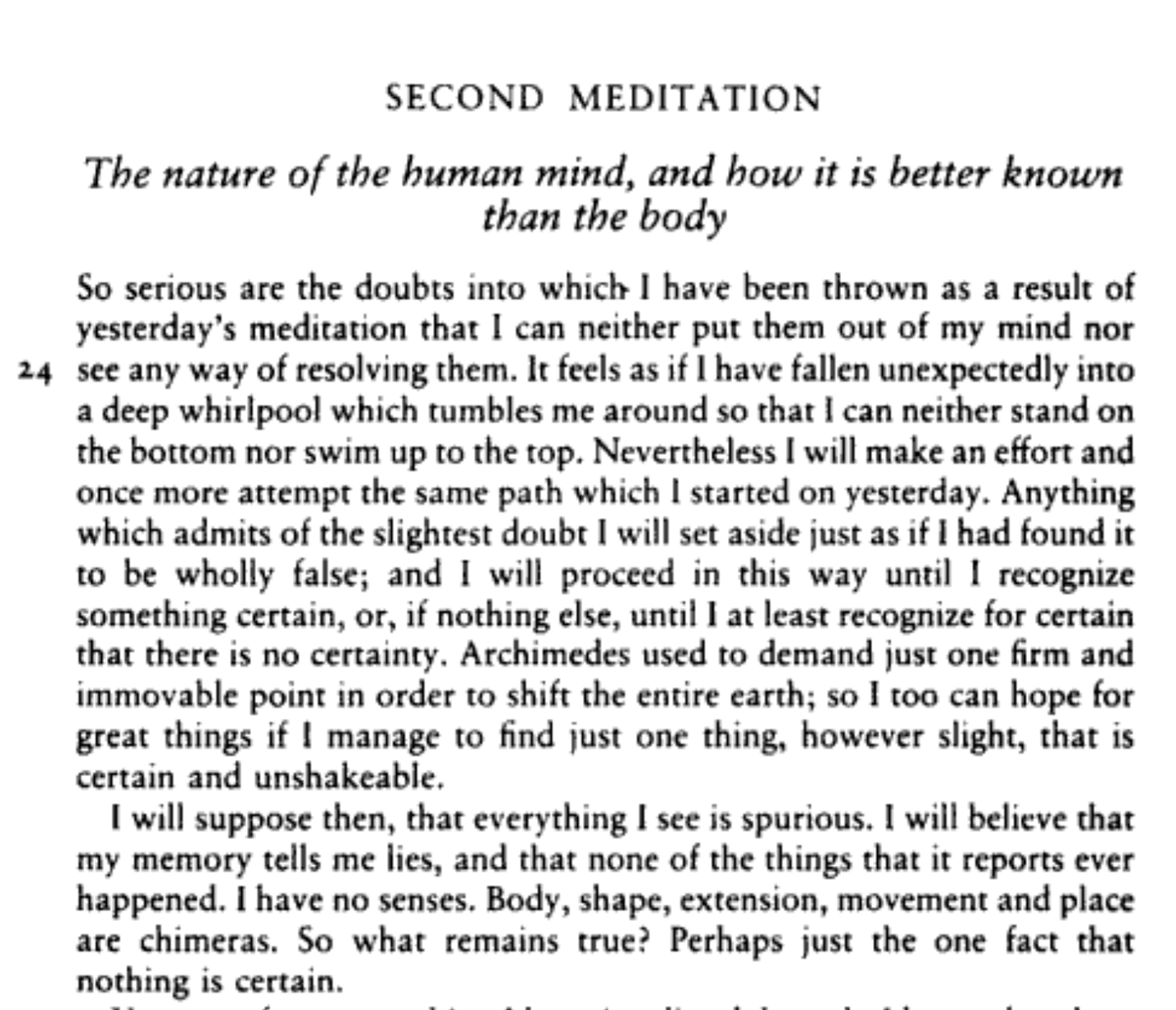
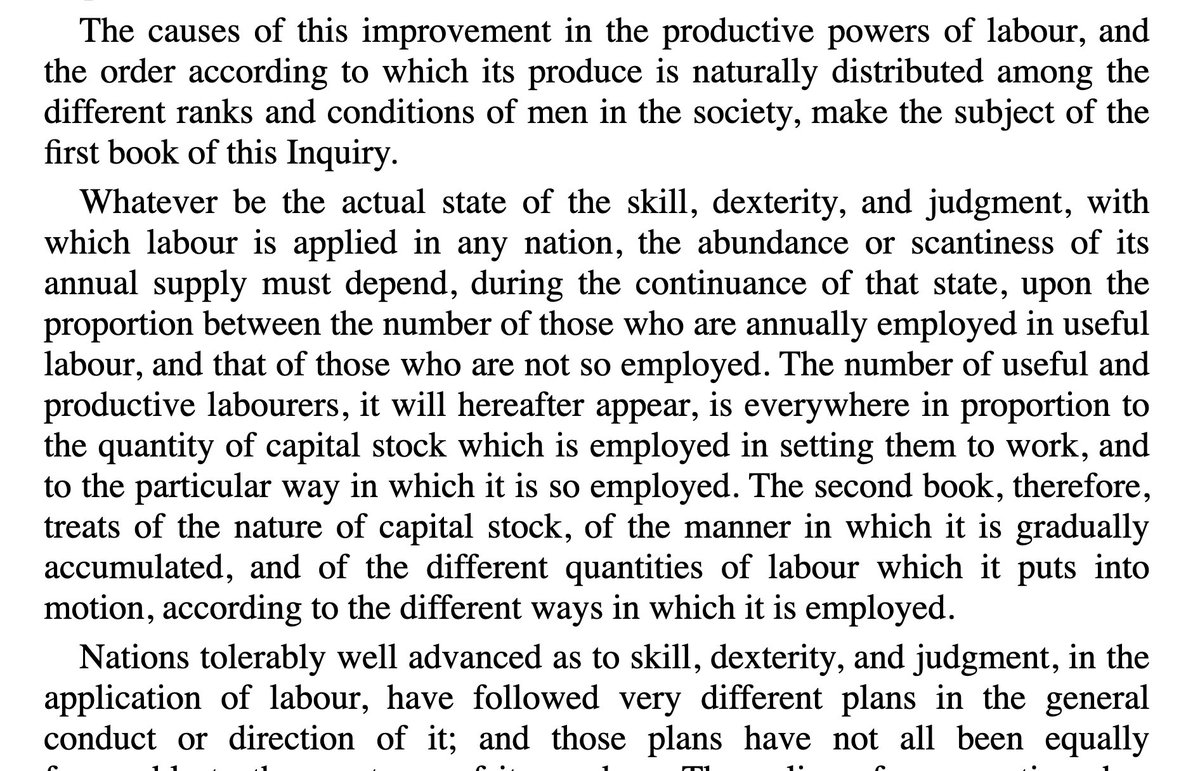

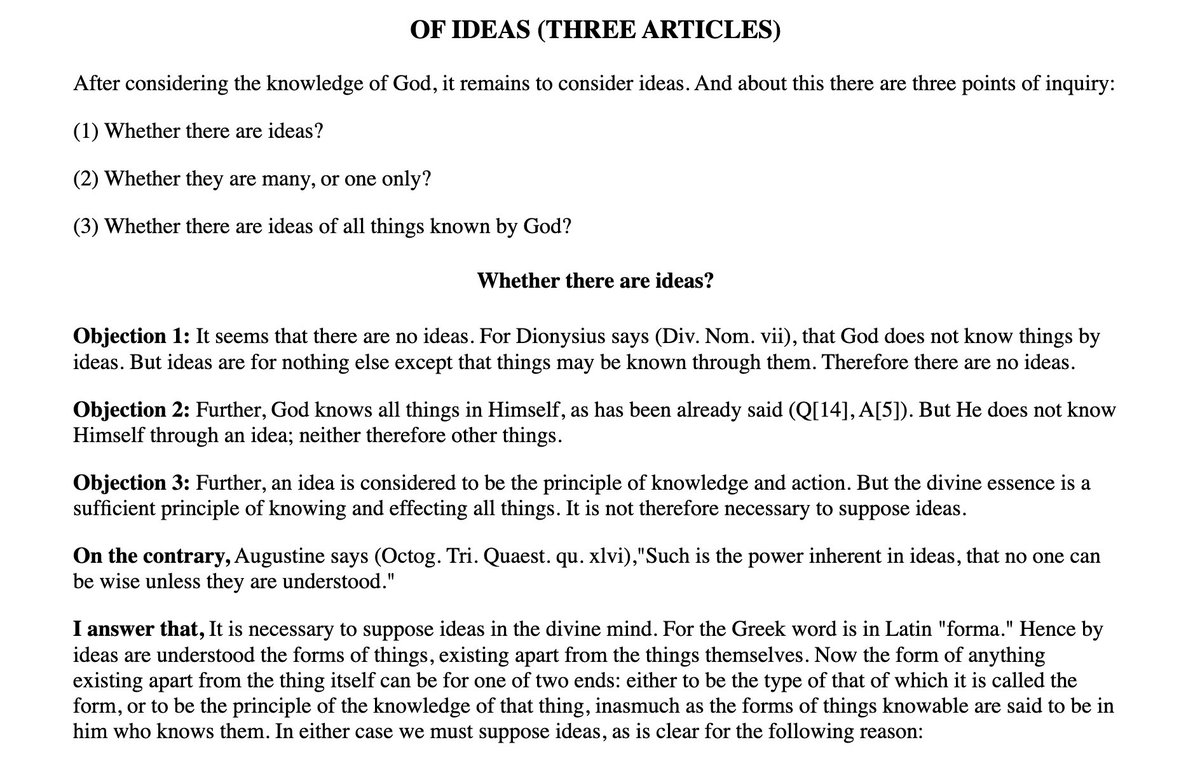
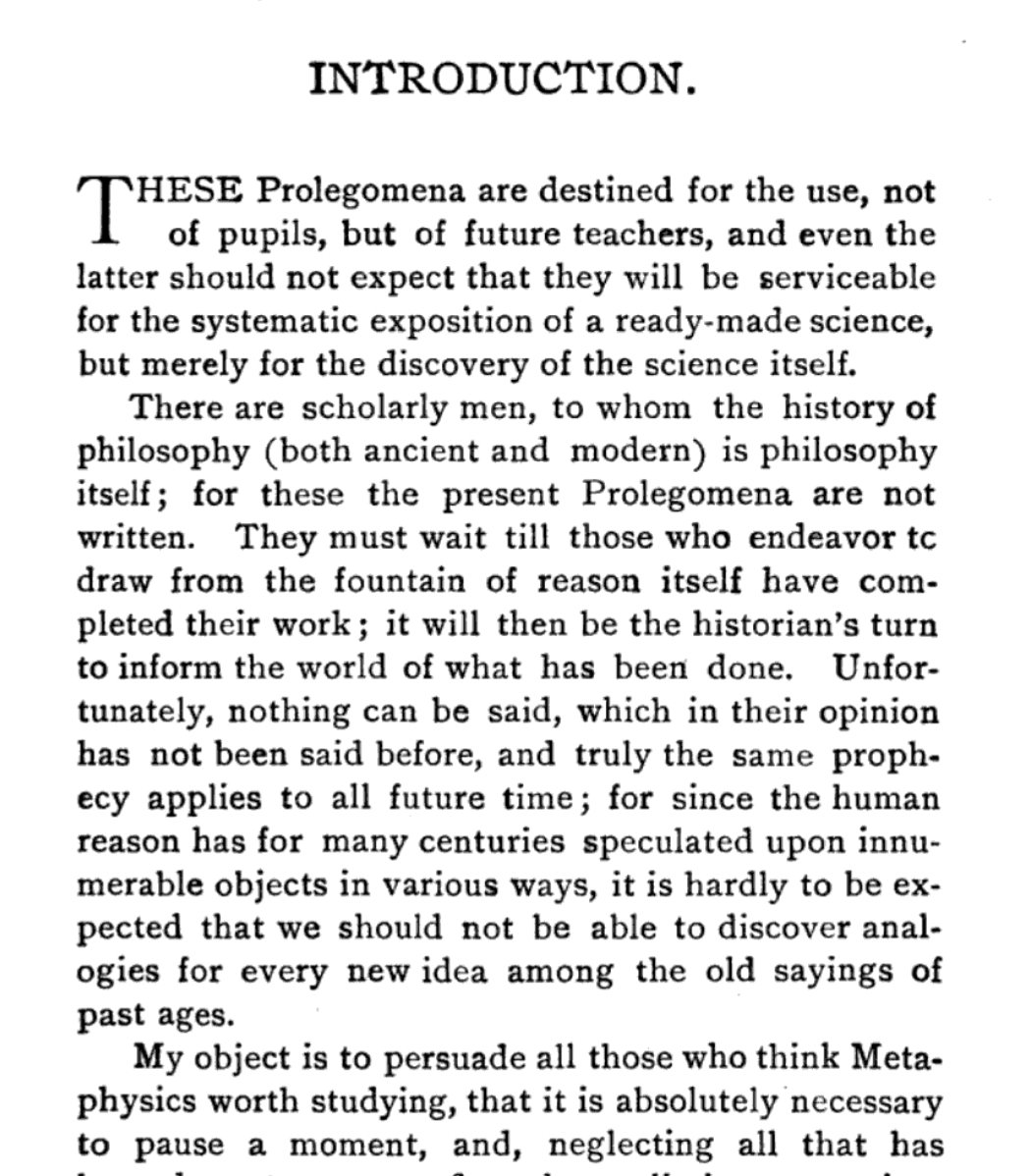

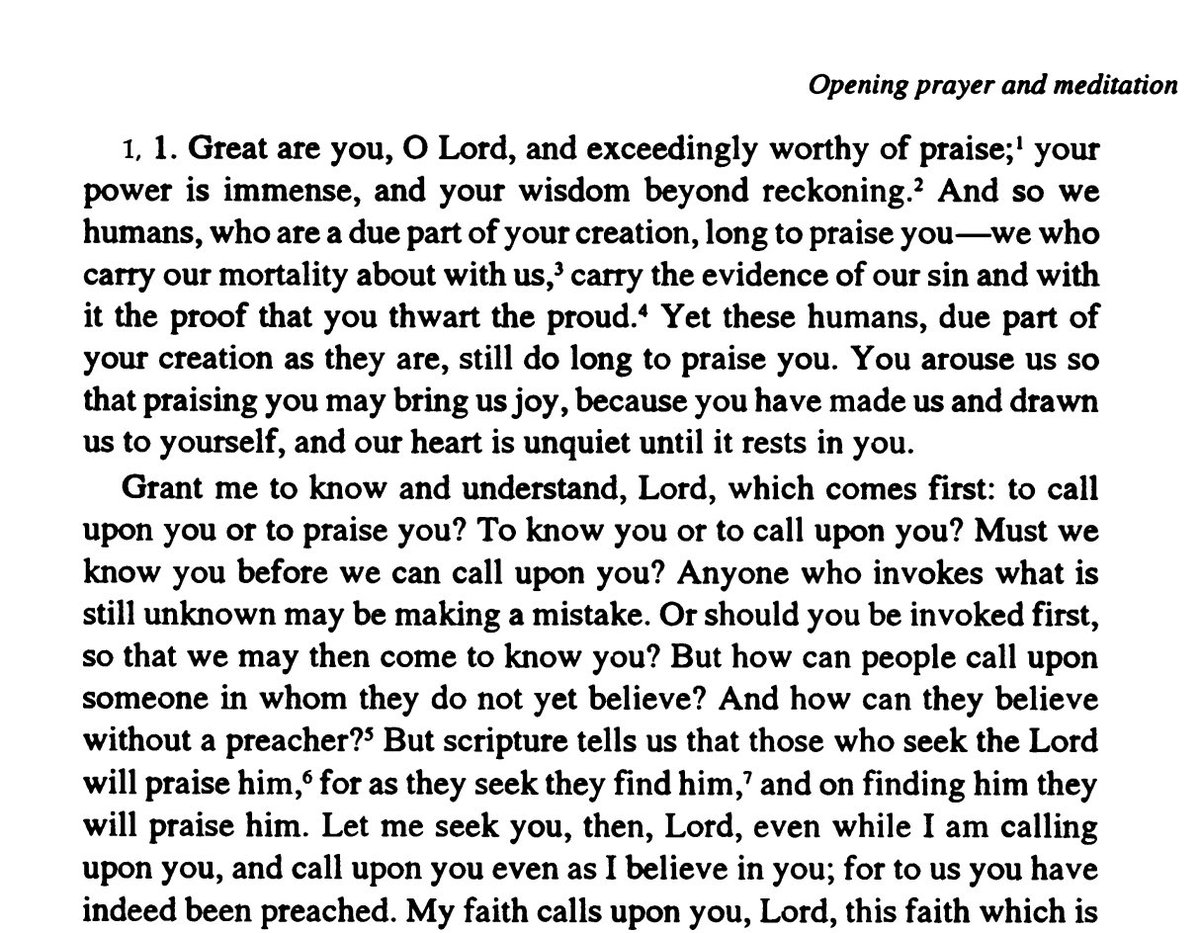
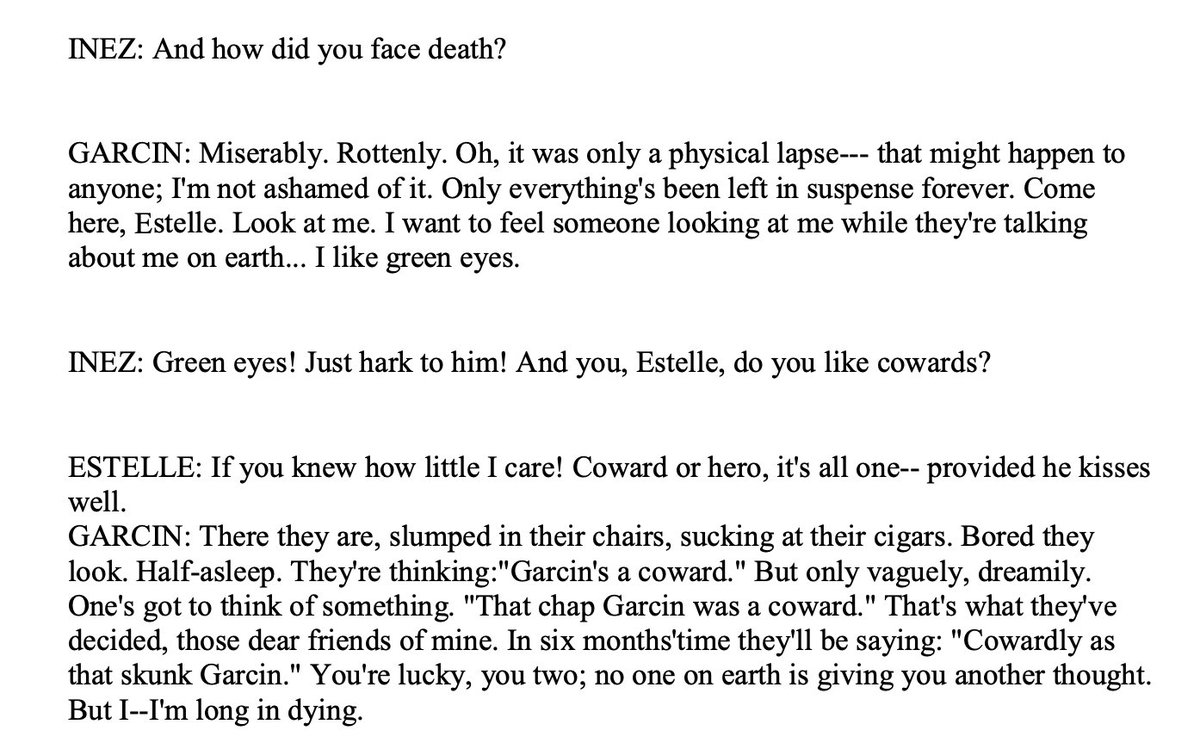
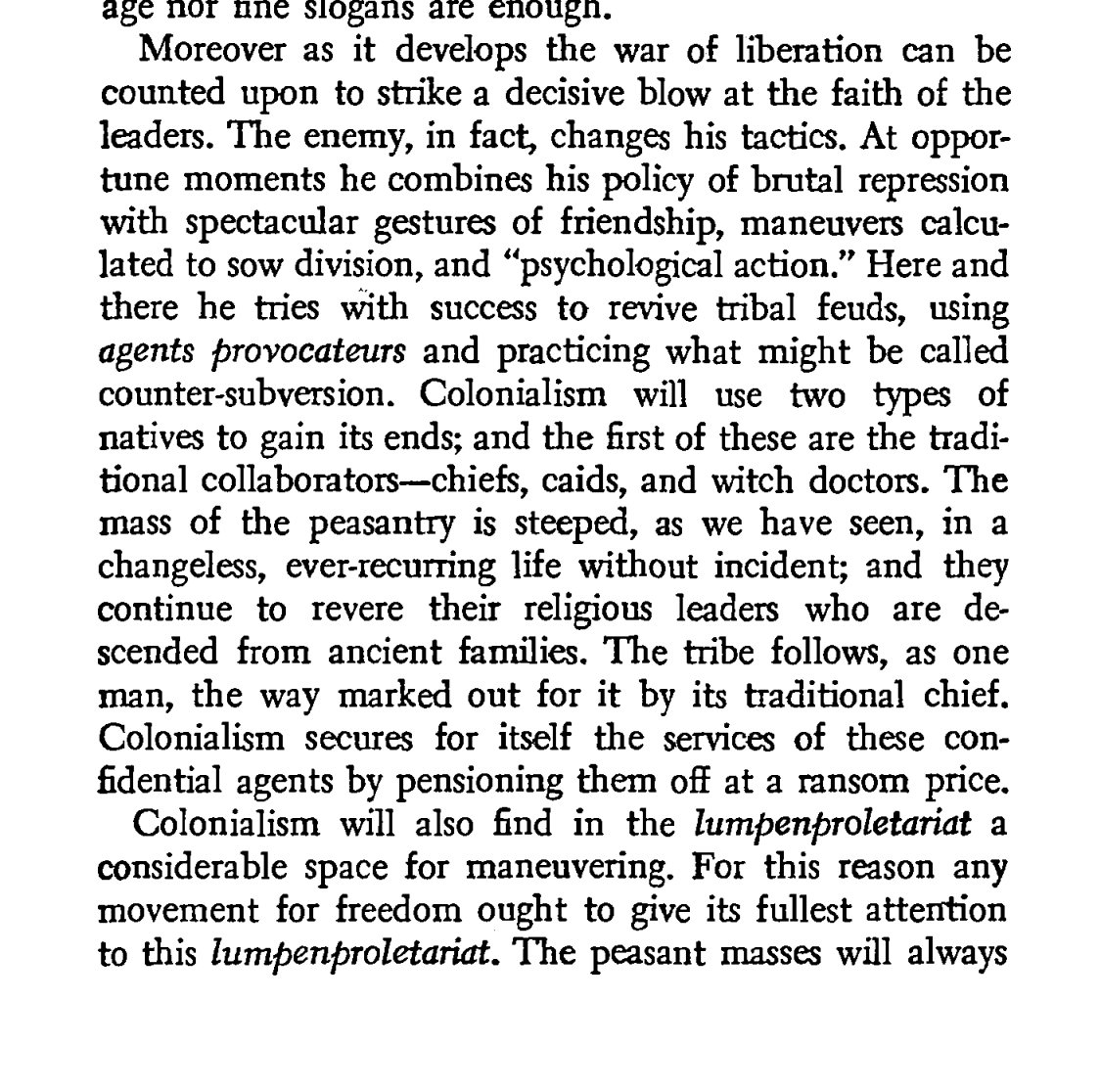
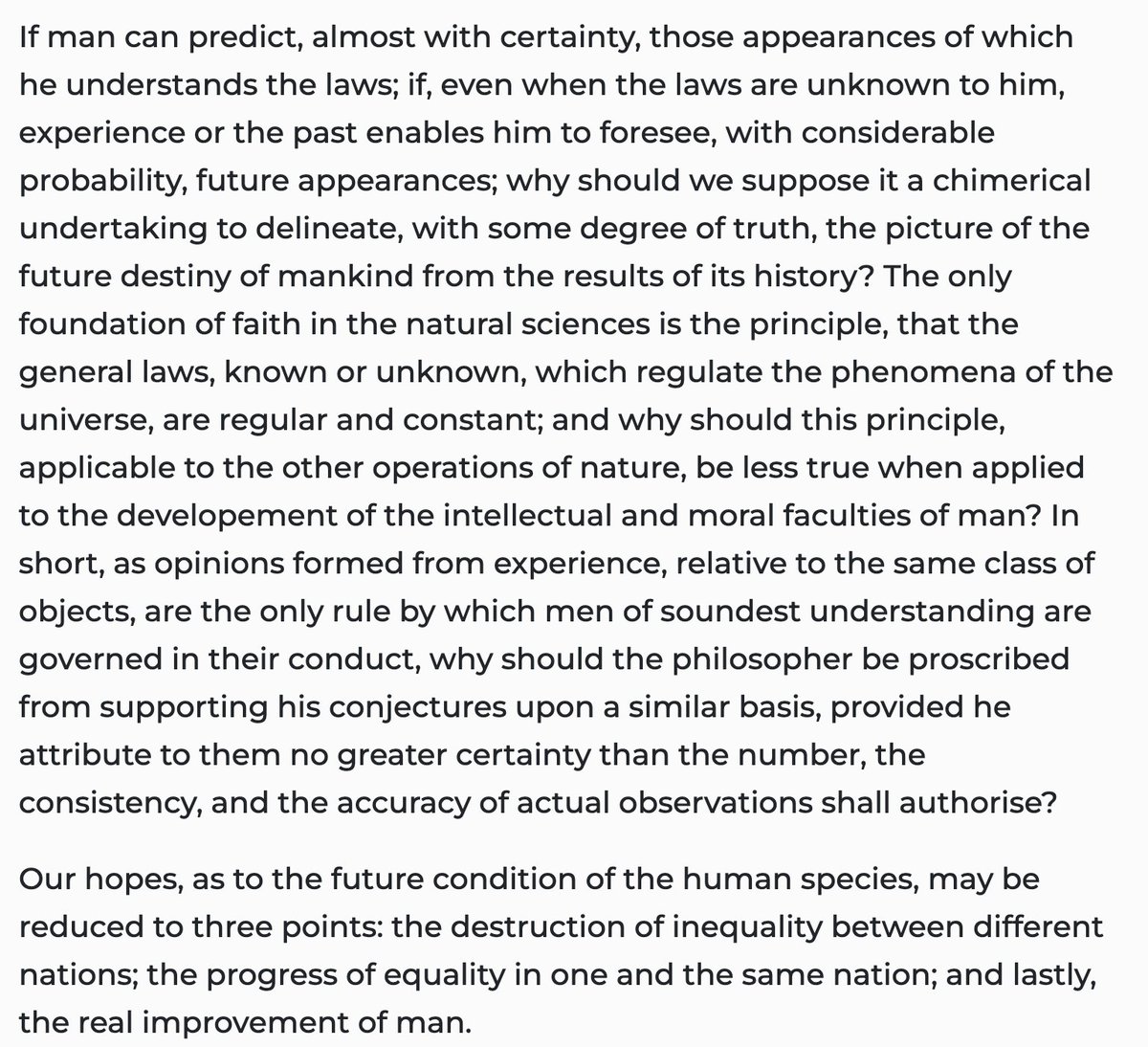

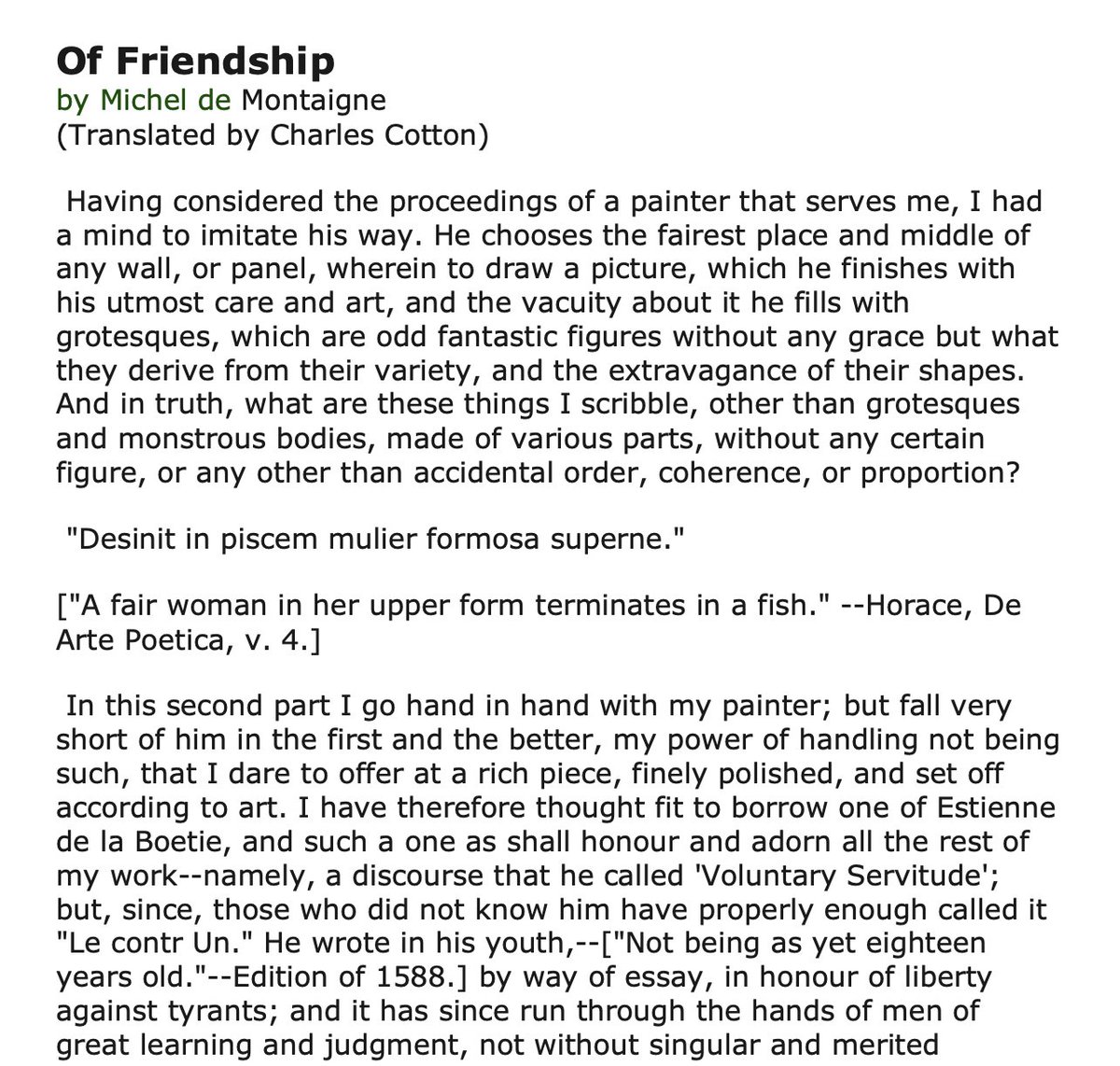
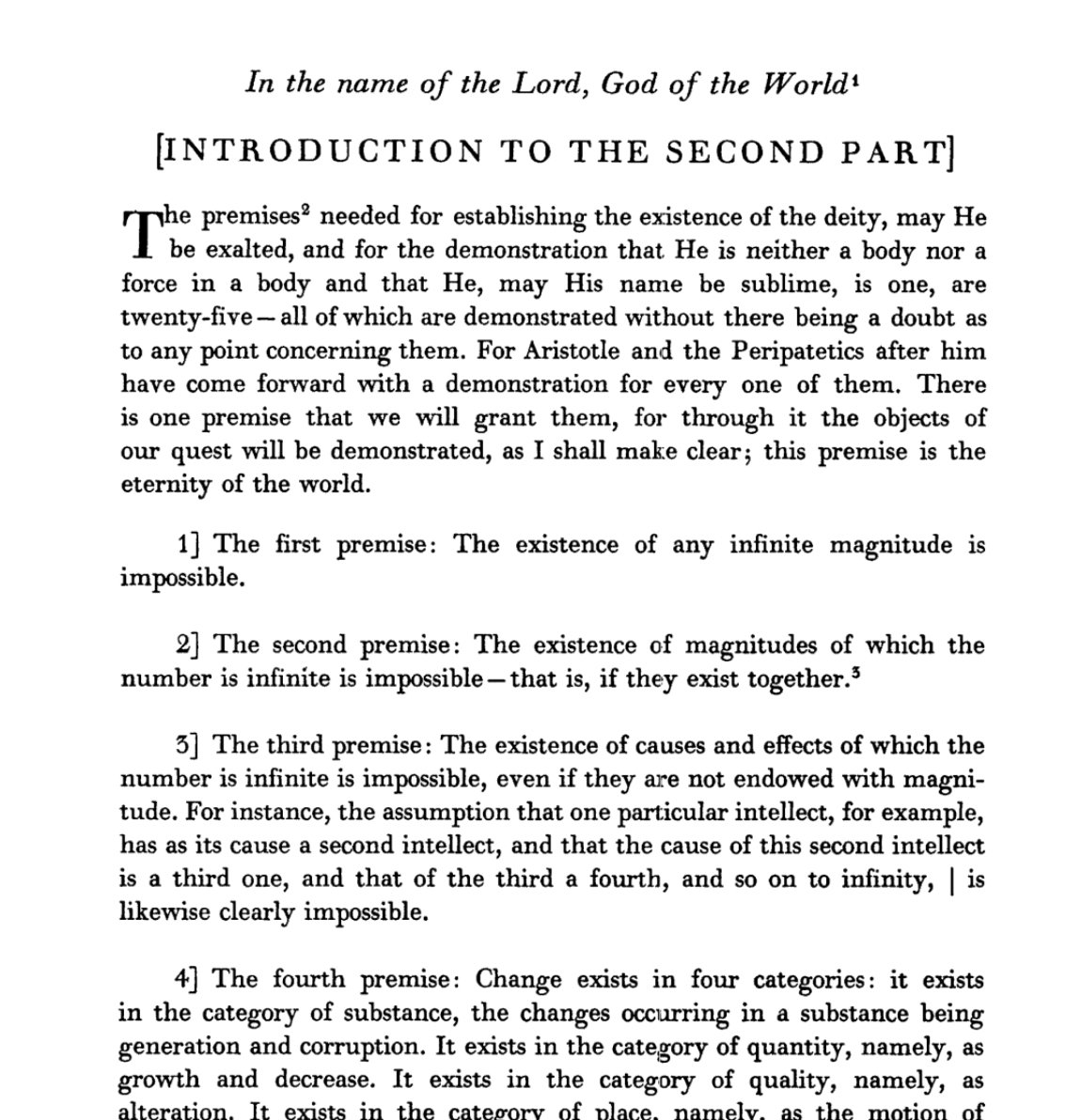
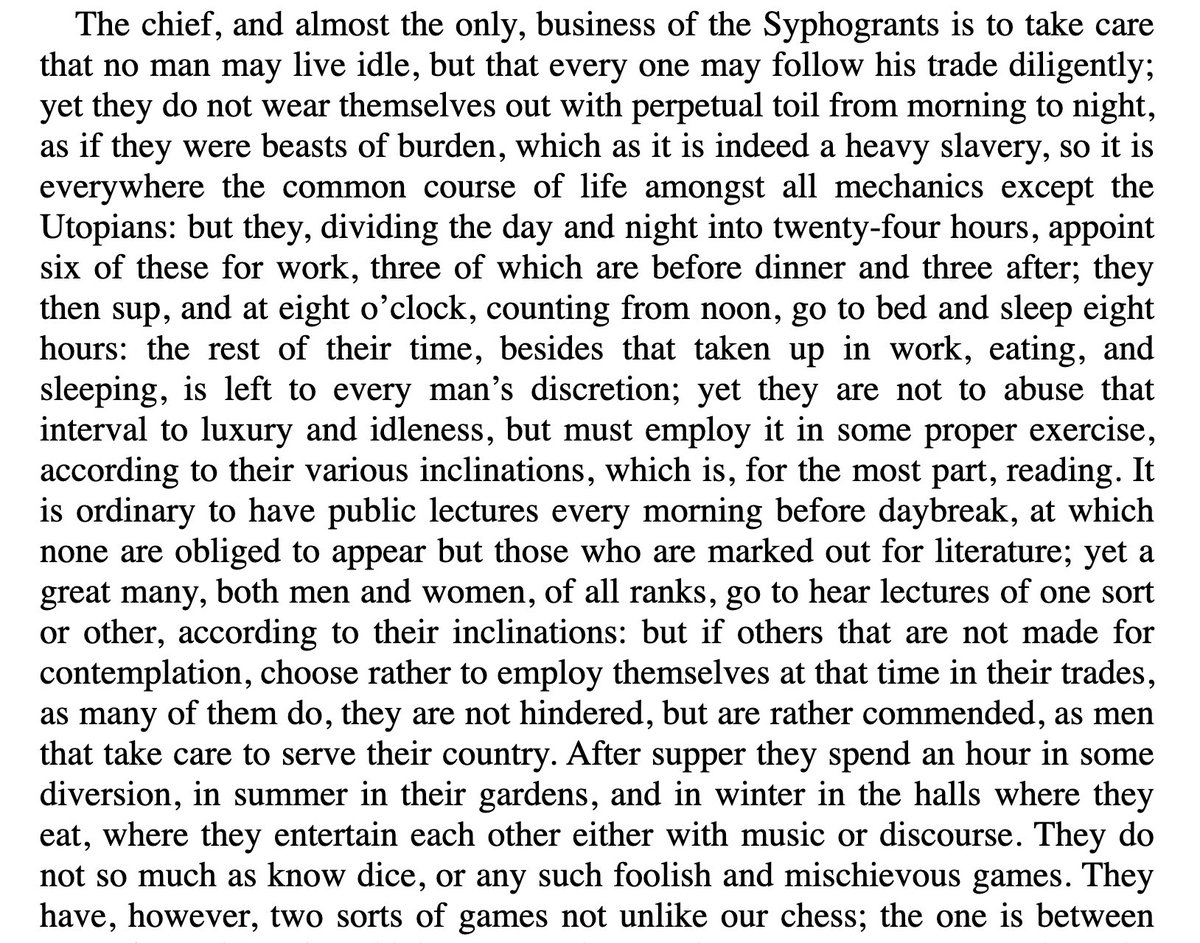
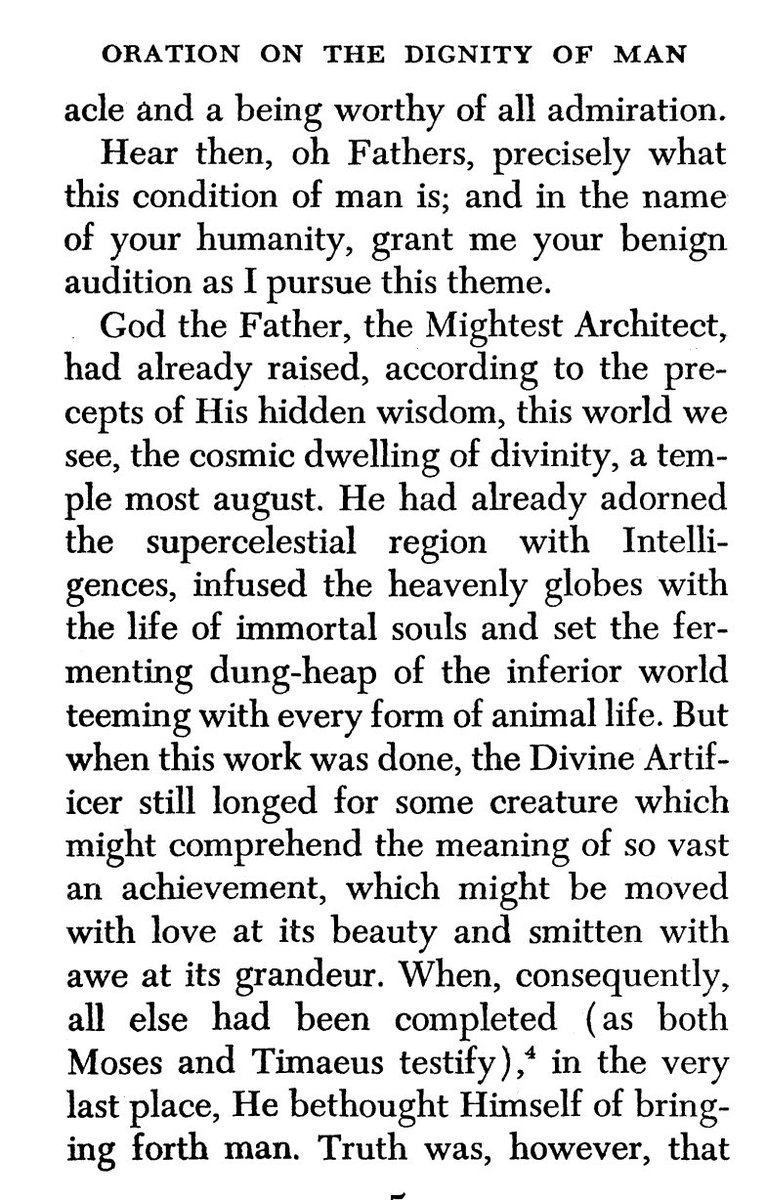

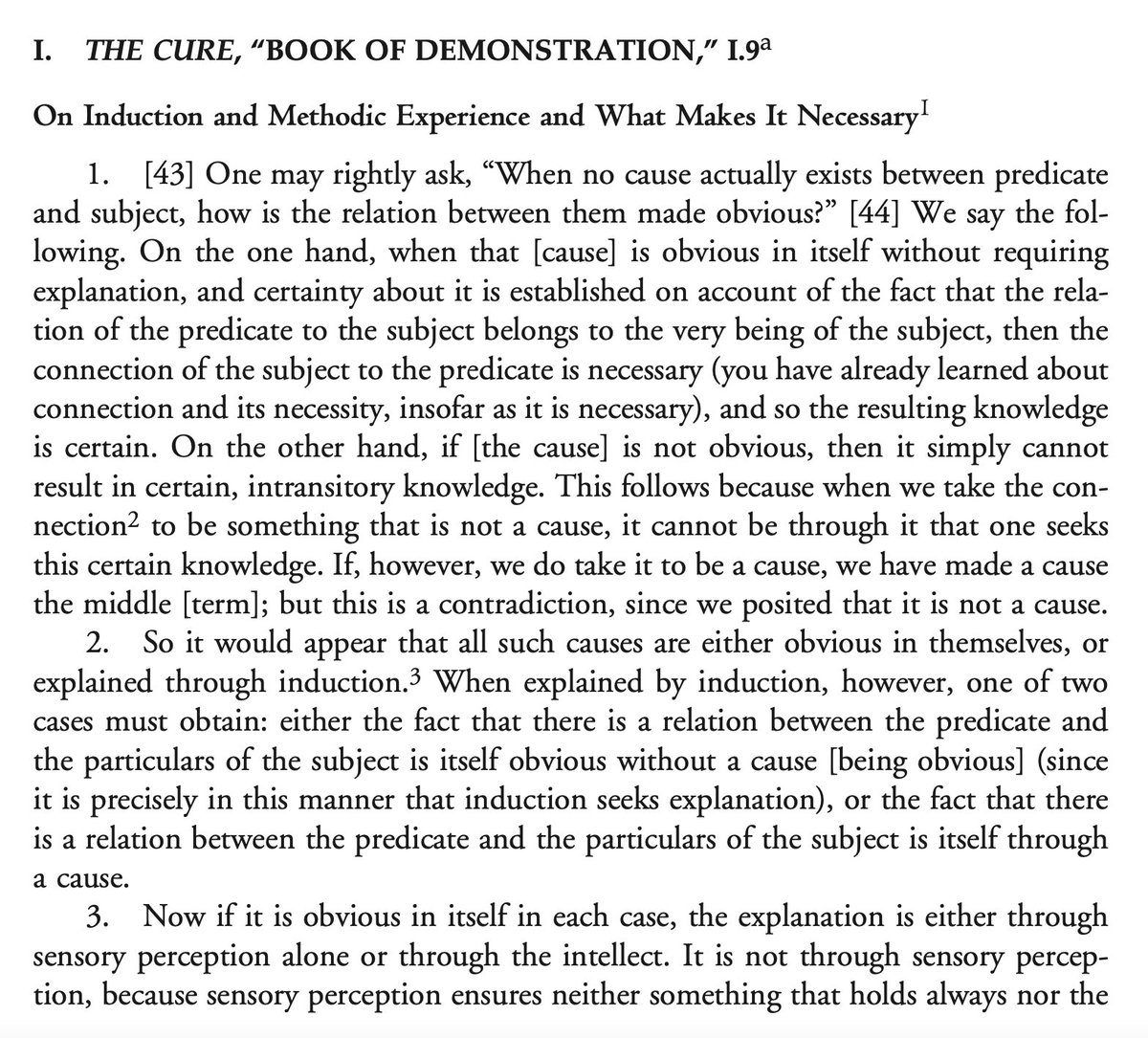
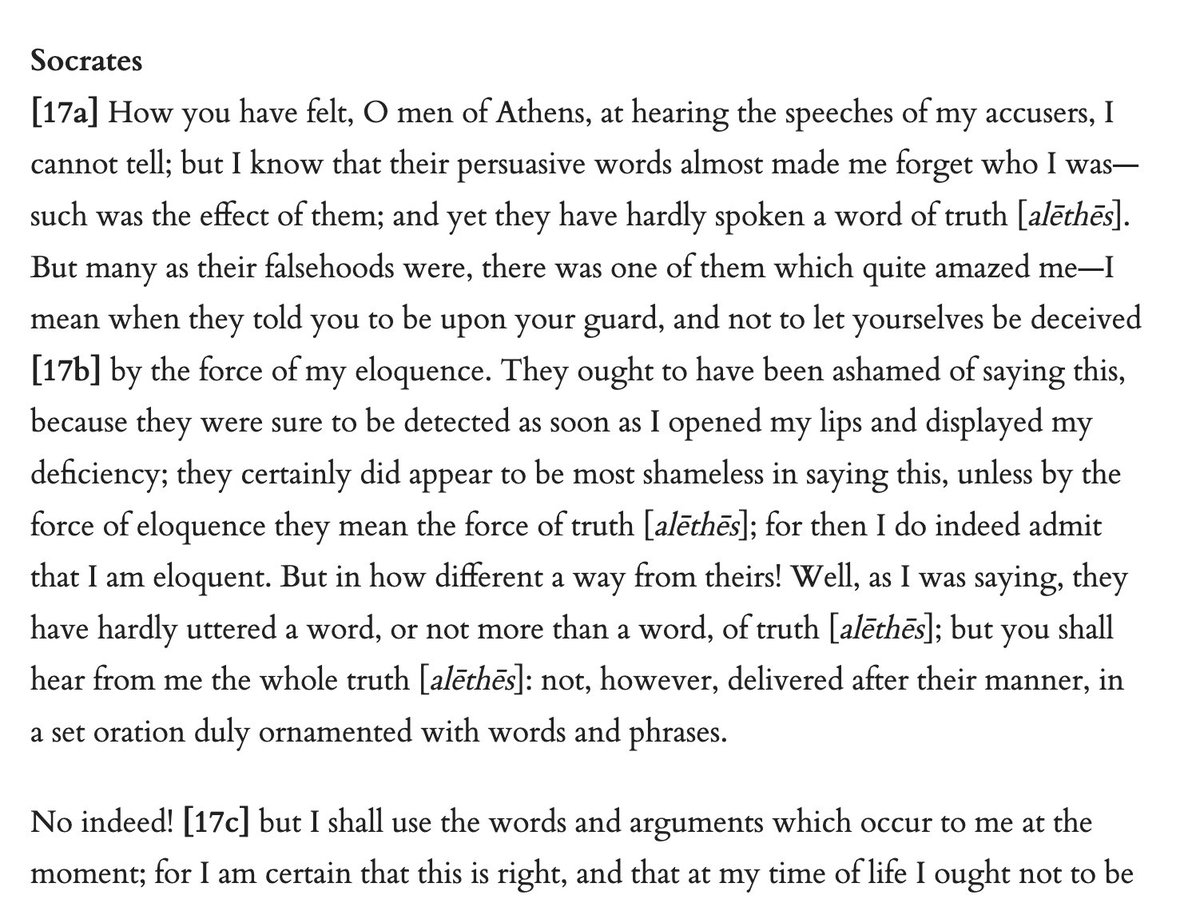
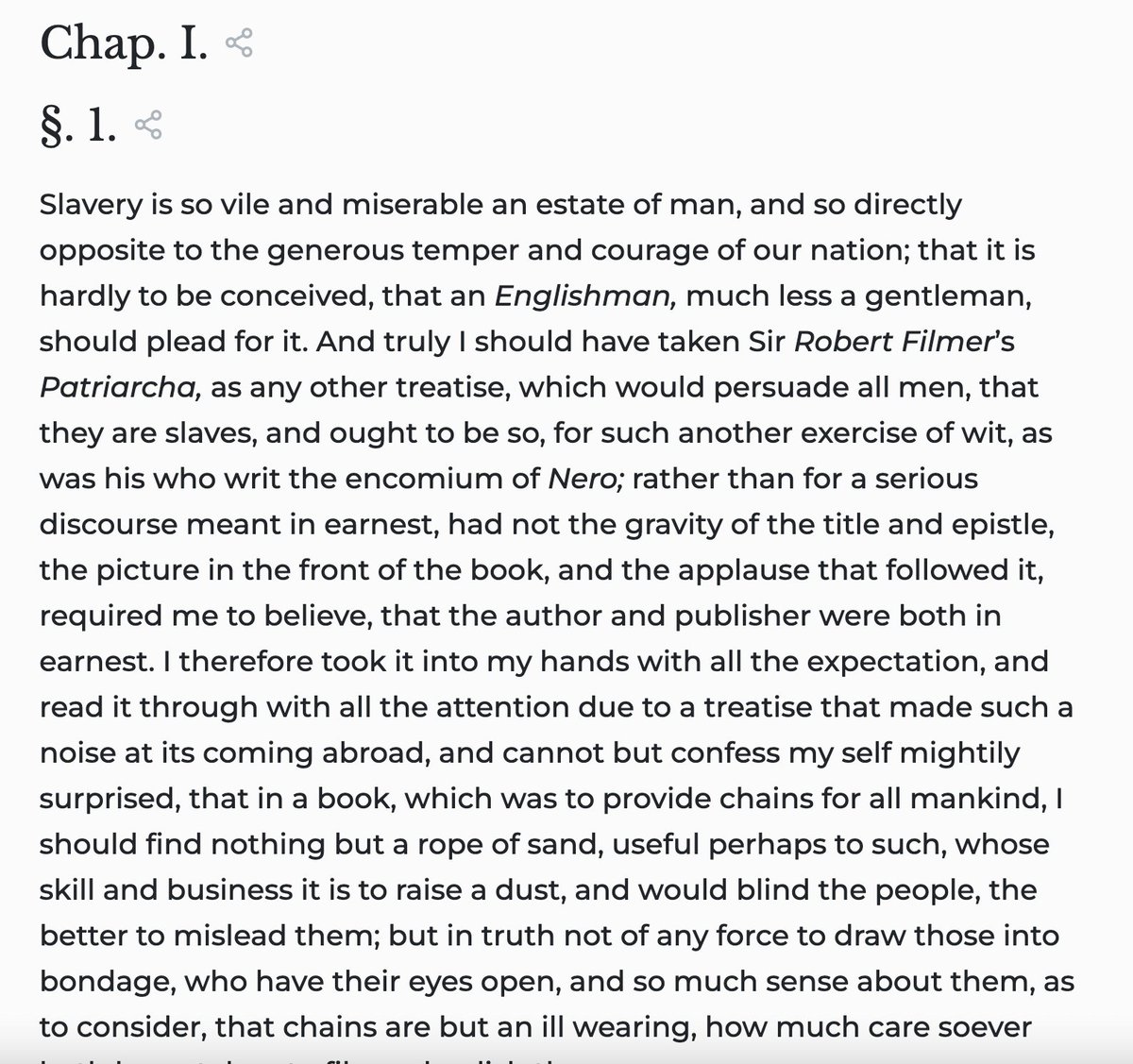
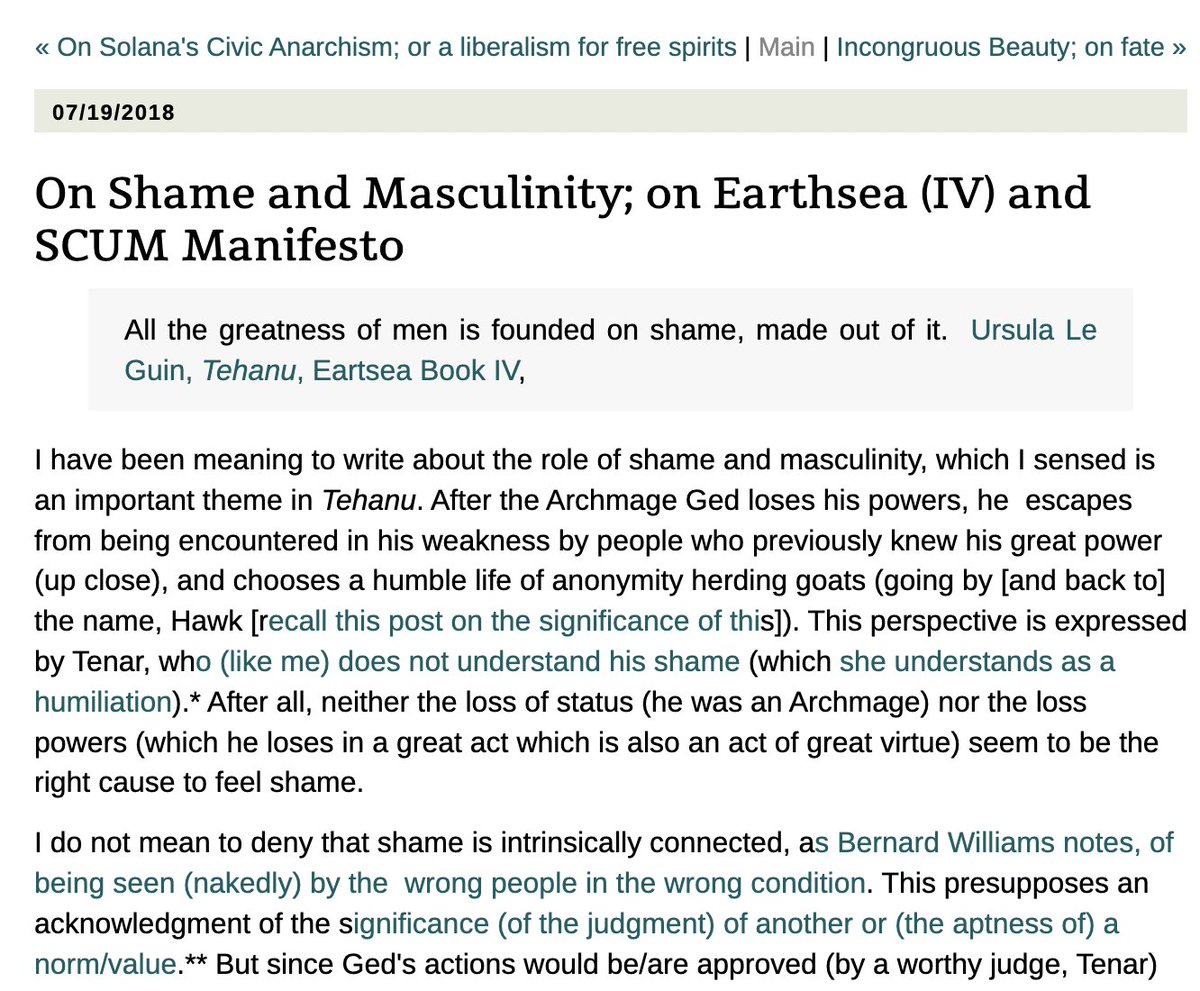

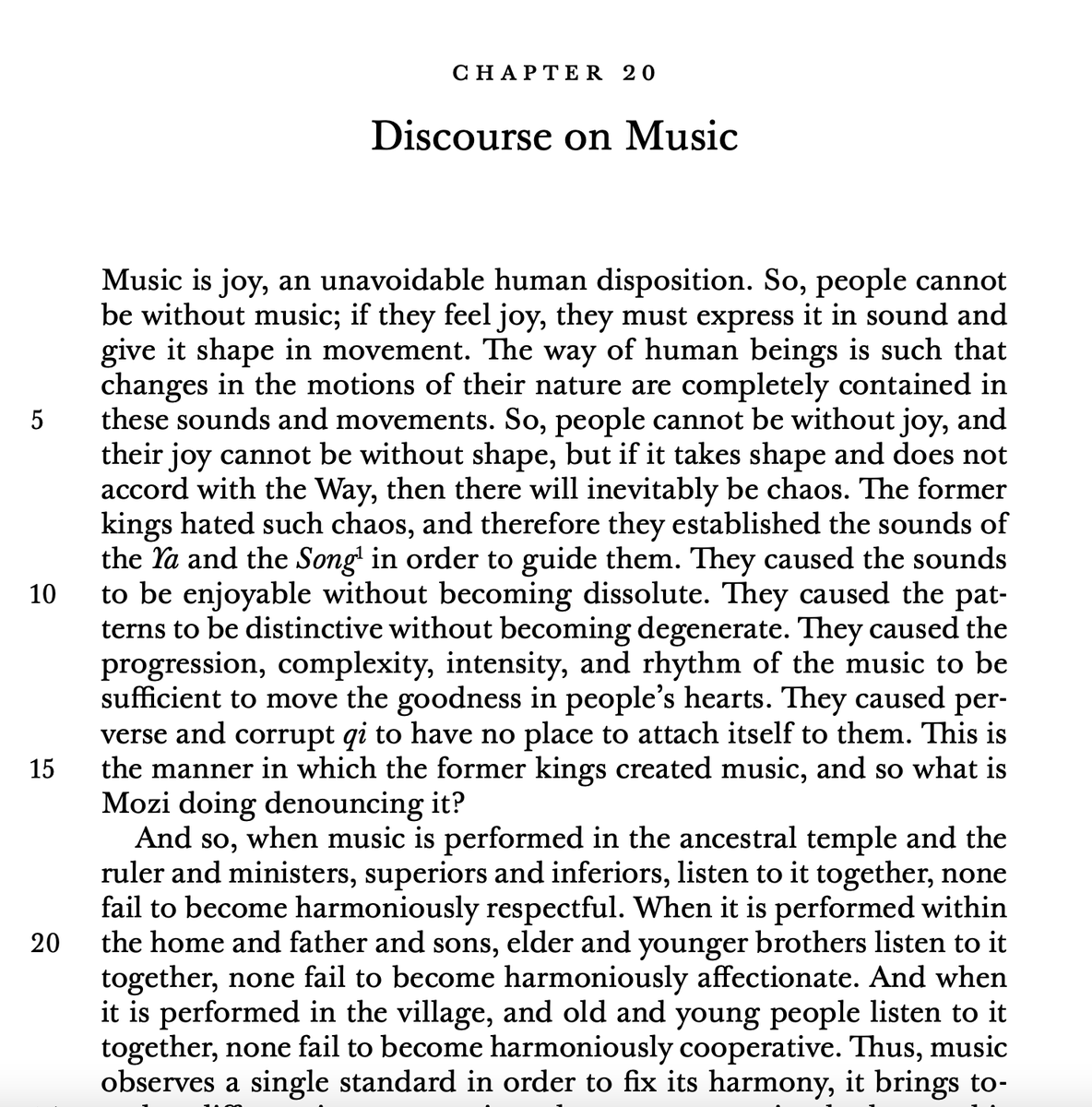
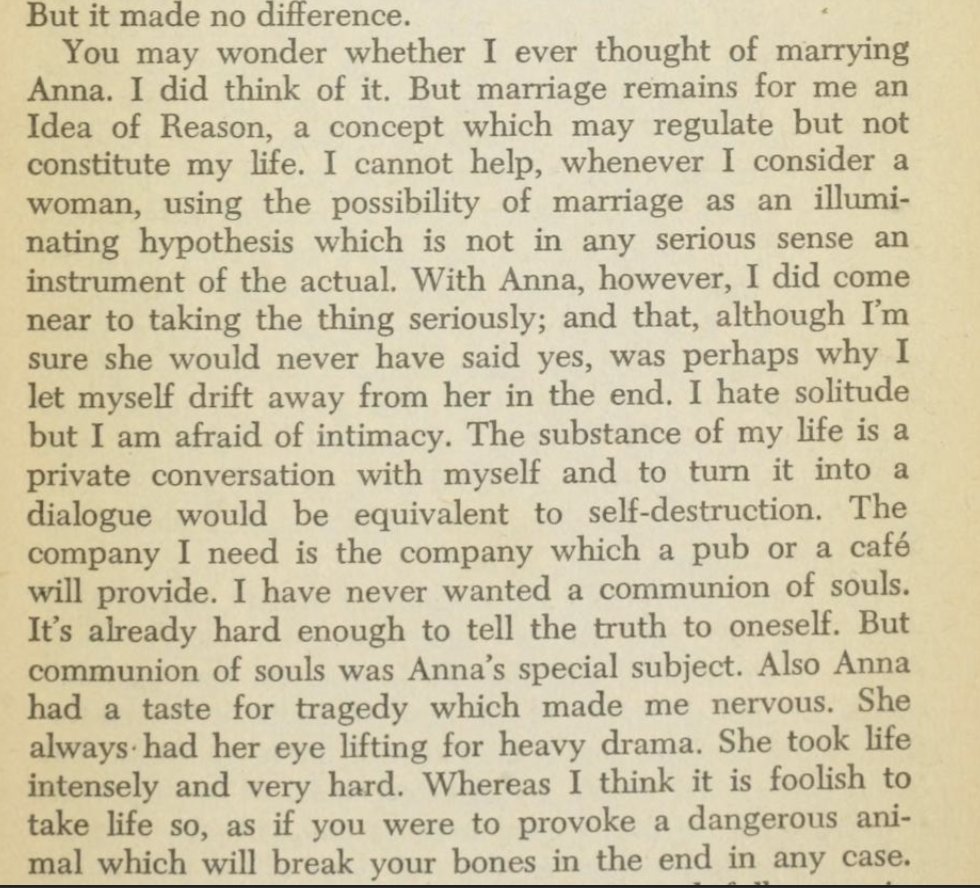
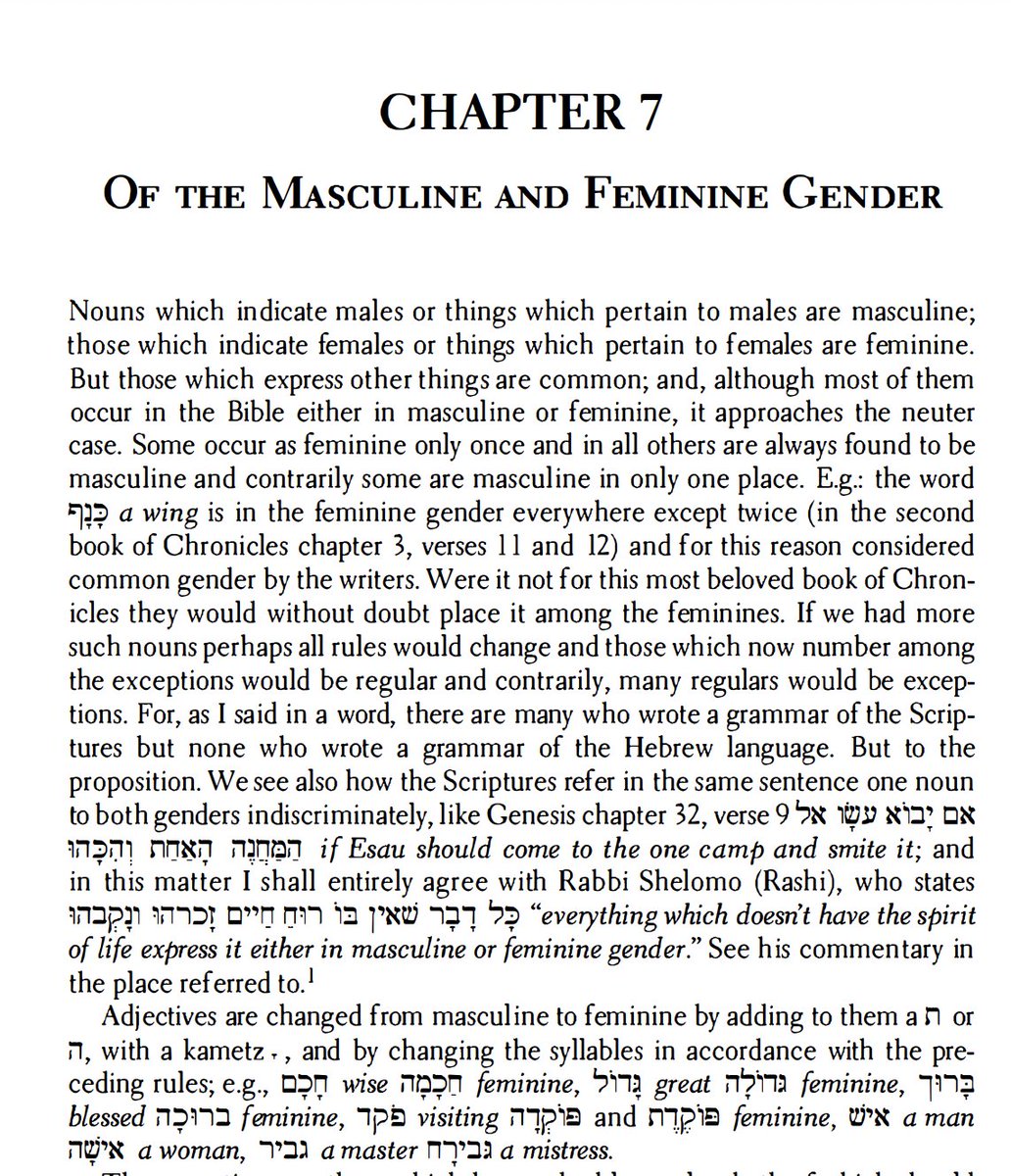
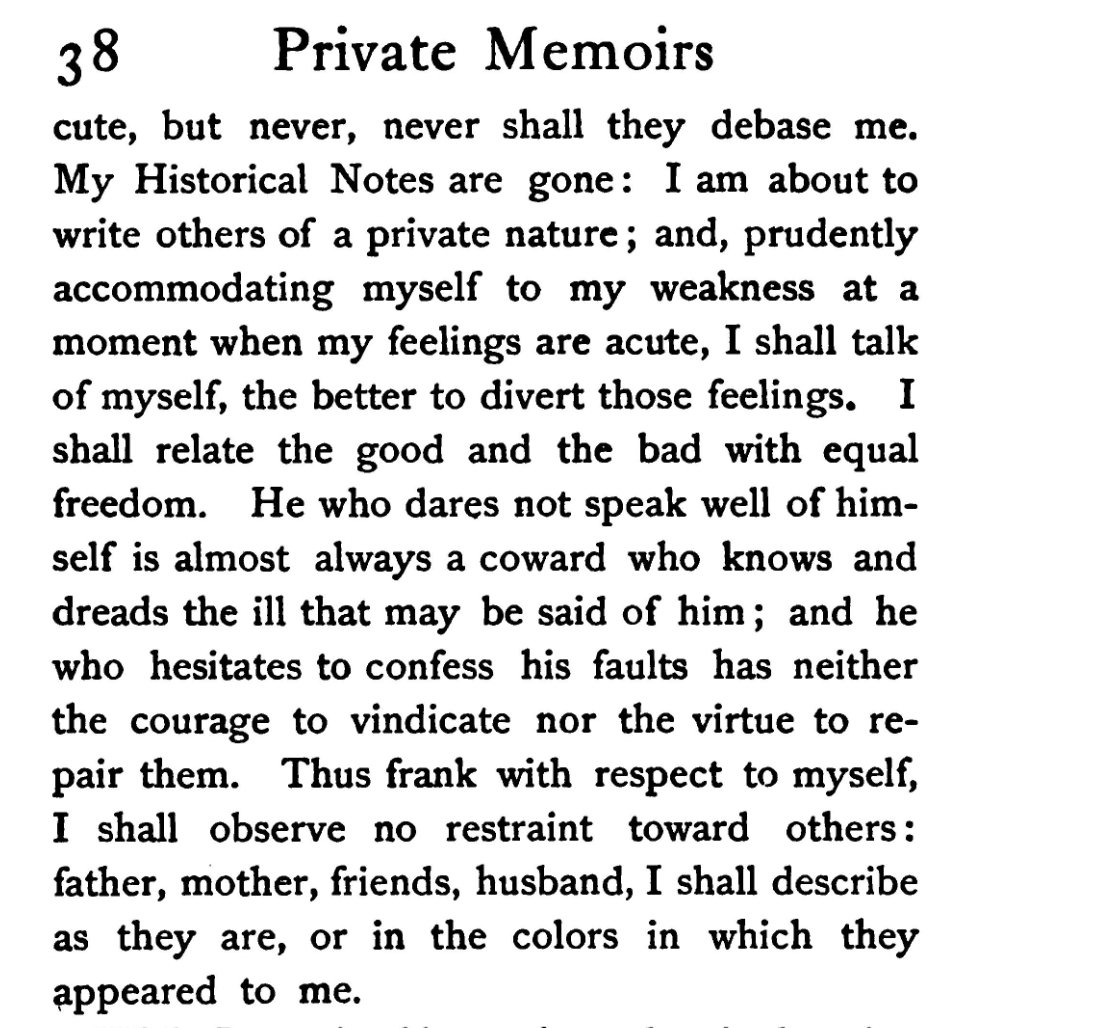
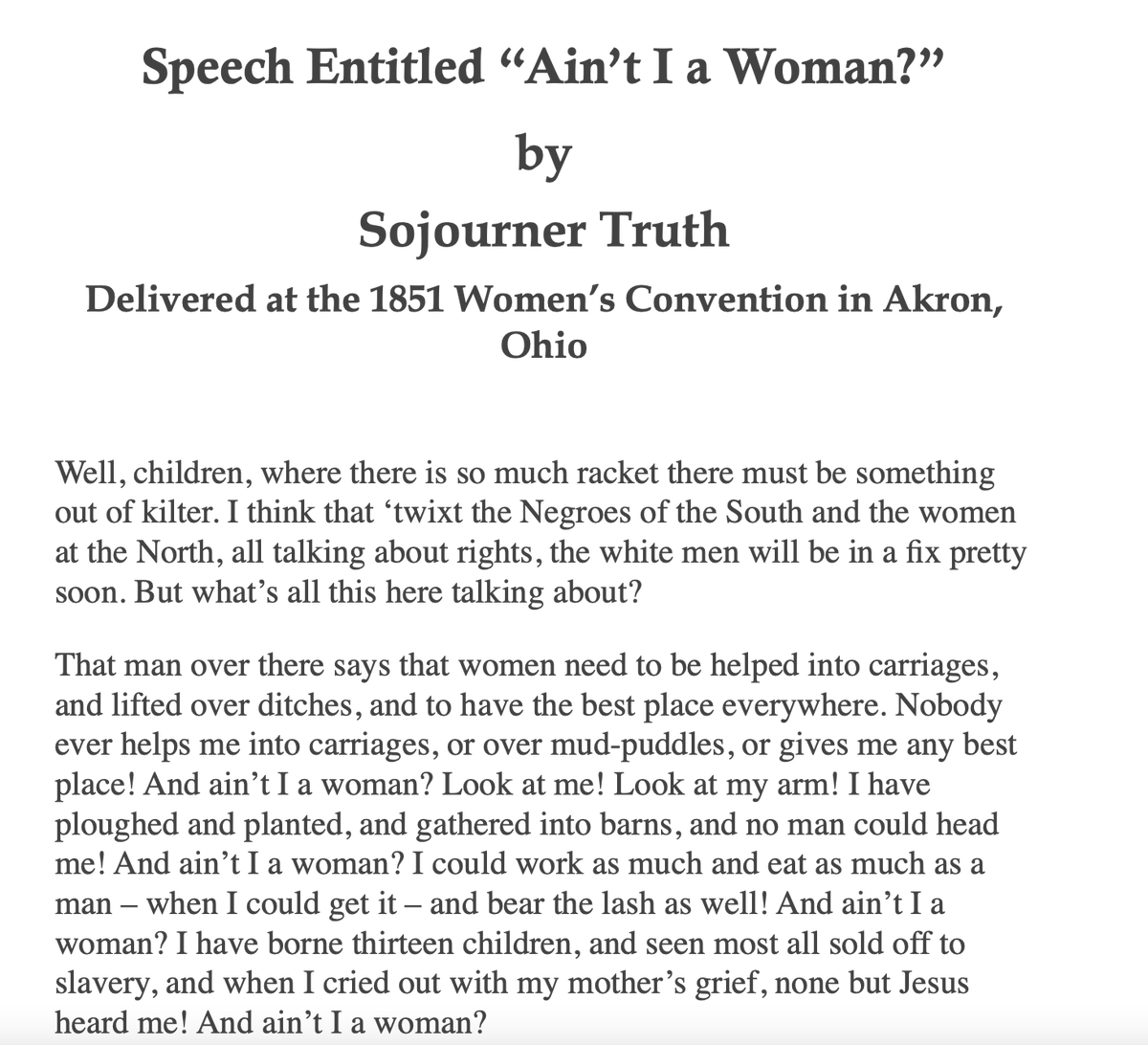
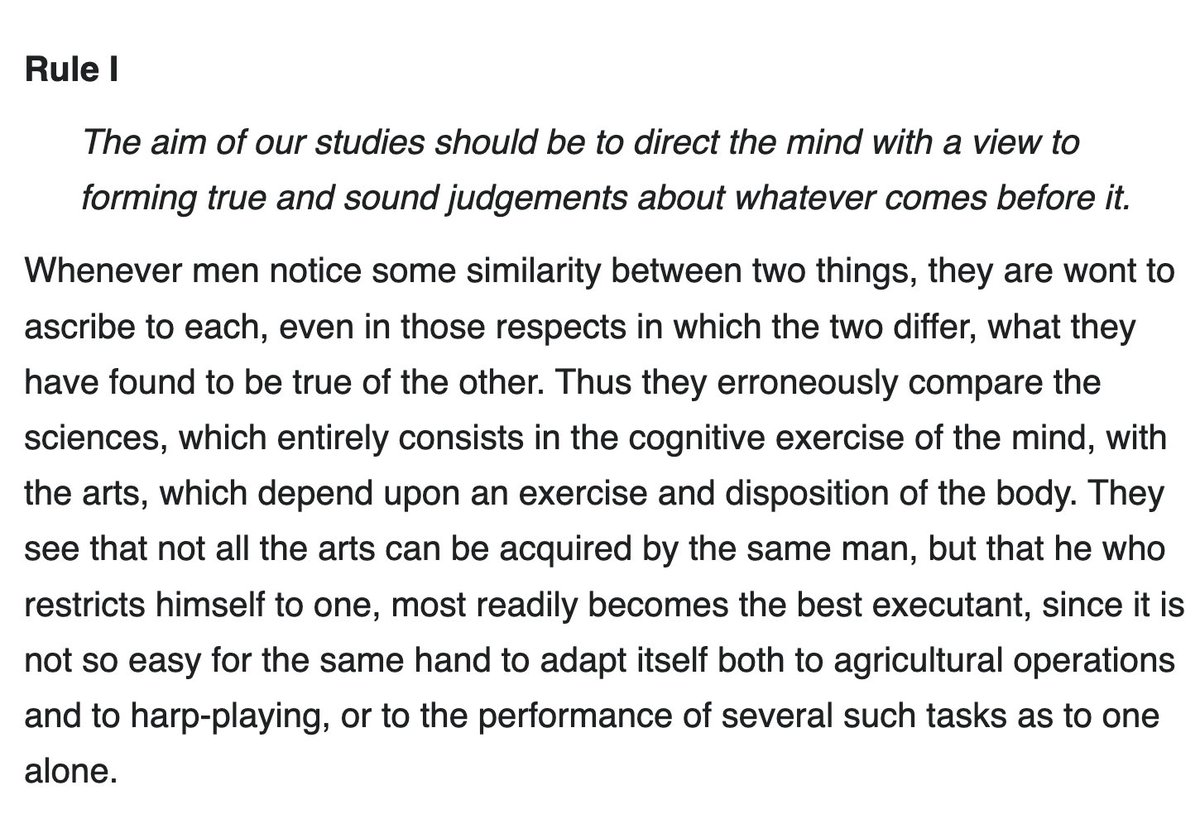

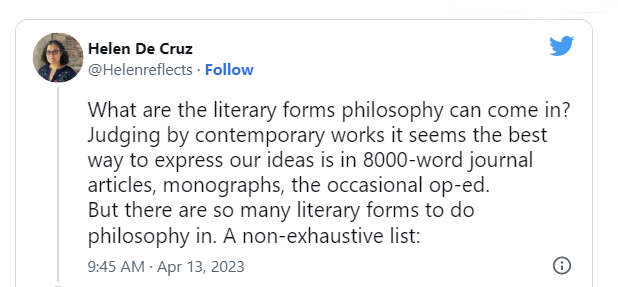
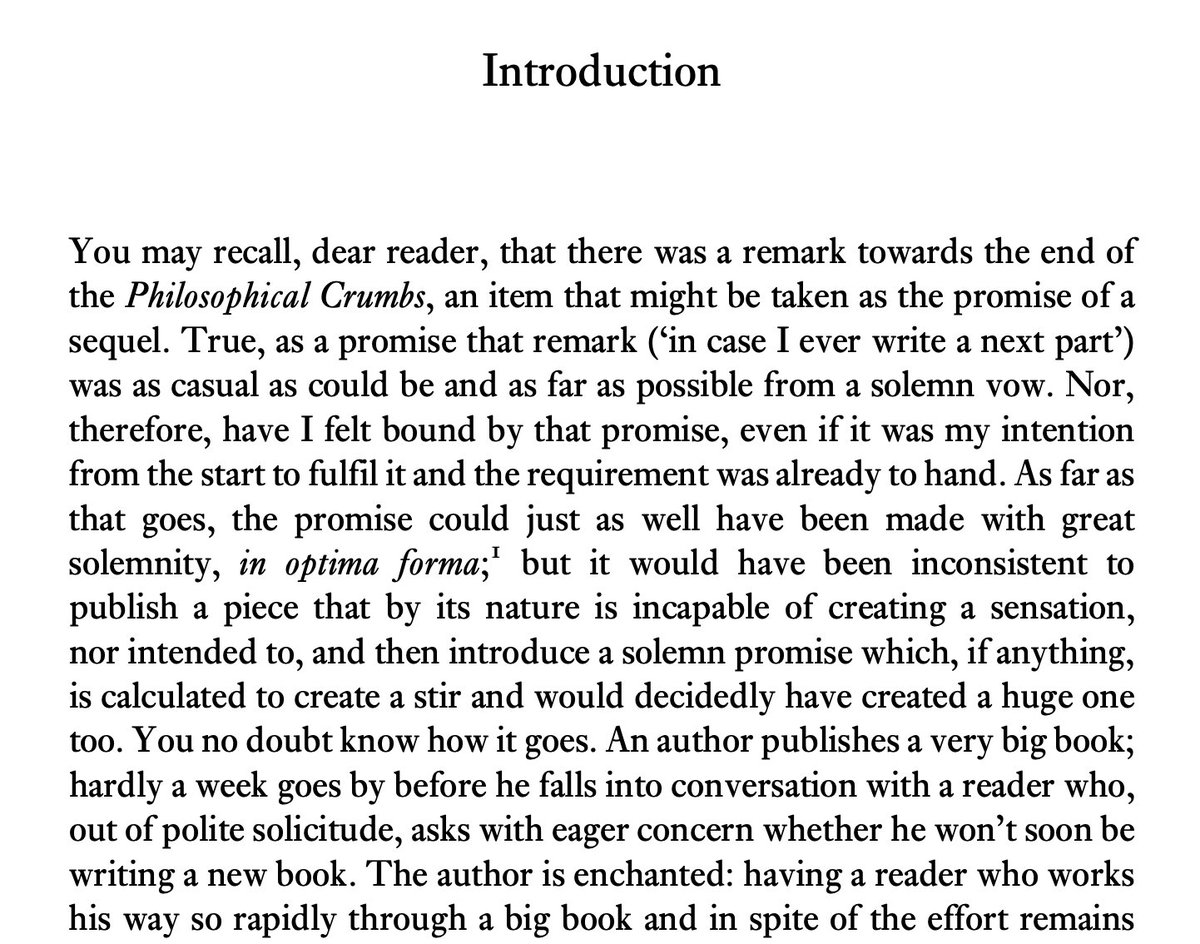

For a good number of these, I’m not sure that the title (“prolegomena”, “genealogy”, “guidebook”, etc.) really shows a distinct _form_ from things that are done today, not least because you can, of course, find recent books and/or articles with those titles and forms. And of course there are “philosophical” novels, biographies, auto-biographies, etc. published all the time, sometimes even by people in philosophy departments. So again, I’m not really sure that this is a great example of how things are different/deficient nowadays. There are even some dialogues (John Perry’s come time mind right away), though as with many more “literary” forms, these are often avoided by philosophers with good reason, just as through most of history. (I remember the joke the Hobbes’s dialogues should have really been presented as being between “Thomas” and “Hobbes”, if we wanted to be honest. I’m not sure most contemporary philosophers can do any better.) Beyond all that, I’m not completely sure that we shouldn’t think that the journal article and the book are common today because these are both pretty good formats for doing philosophy, even if not the only possible ones. Perhaps they are especially well suited for most of use who wisely don’t try our hands at poetry. (And, if none of us ever try to produce a text in the scholastic question and answer form again, I, at least, won’t be a bit sorry.)
Given all of this, I am not convinced there’s a big, or even a small, problem with our current practices on this front.
Well, this is freeing and life giving. ADHD and dyslexic I found academic writing hard to read in seminary – but the ideas, oh they were yummy. To continue my work in non-academic I’ve had to rethink how I understand the work and what success means to me. To publish my works I’ve done essays, plays, short stories, blogs etc. For years I felt I was ‘wrong’ in my theological and philosophical pursuits. I turned to other self made philosophers(Eric Hoffer, Ayn Rand and Ken Wilbur). I started looking at essays and creative non-fiction as forms of ‘wisdom’ writing. Am I a philosopher? No idea but my great work – doing philosophy and theology through the lens of ADHD experience goes on!
Also by turn to say Ayn Rand I mean in approach, not her ideas.
Perhaps covered under “lists of succinct statements” is the sūtra, which is similar to but (I’d argue) different from the aphorism in its often being a systematic, memorizable extrapolation from, and representation of, orally transmitted ideas.
Also, I don’t know about Wang Yang Ming, but in Sanskrit-language philosophy, we need to distinguish between poetry and verse. Much philosophy was in verse form, but this need not make it poetic in a literary sense.
Handbooks (e.g. Epictetus’ Enchiridion)
This is wonderful … an important reminder that one of the downsides of contemporary professional philosophy insofar as what are typically (thus not invariably) considered “proper” forms of philosophical exposition and argument, at least as published in the “best” (or most desirable) journals and the books published by philosophers in the “best” (or most desirable) publishing houses, is far more limited or stylistically appealing, however plausible the reasons for preferring this predominant style (I often find myself enjoying this mode of exposition, especially when it is combined with literary qualities or simply ‘good writing,’ as we see, for example, with such different philosophers as Santayana, Iris Murdoch, and Thomas Nagel). These are generalizations, so there are notable exceptions (this may help account, in part, for the comparative popularity of some philosophers).
Helen’s long list called to mind for me something Nicholas Rescher wrote about the prevailing modes of writing philosophy in the modern era (in which case not all of those who wrote philosophy in this period were ‘professionals’):
“There are two very different modes of writing philosophy. The one pivots on inferential expressions such as ‘because,’ ‘since,’ ‘therefore,’ ‘has the consequence that,’ ‘and so cannot,’ ‘must accordingly,’ and the like. The other bristles with adjectives of approbation or derogation—‘evident,’ ‘sensible,’ ‘untenable,’ ‘absurd,’ ‘inappropriate,’ ‘unscientific,’ and comparable adverbs like ‘evidently,’ ‘obviously,’ ‘foolishly,’ etc. The former relies primarily on inference and argumentation to substantiate its claims, the latter primarily on the rhetoric of persuasion. The one seeks to secure the reader’s (or auditor’s) assent by reasoning, the other by an appeal to values and appraisals—and above all by fittingness and consonance with an overall scheme of things. The one looks foundationally towards secure certainties, the other coherentially towards systemic fit with infirm but nonetheless respectable plausibilities. Like inferential reasoning, rhetoric too is a venture of justificatory systematization, albeit one of a rather different kind.”
While he invokes Hume and Nietzsche respectively in the history of philosophy as exemplars of these two rather different modes of writing philosophy, he is nonetheless arguing that these (i.e., the inferential, ‘discursive’ or demonstrative/argumentative mode on the one hand, and the ‘rhetorical’ or evocative mode on the other) are the two predominant modes of philosophizing (both equally ‘ventures in systematic justification,’ although the first speaks primarily to beliefs and the second to our sensibilities with respect to values), at least in the history of Western philosophy. Moreover, as ideal types, it’s the case that no philosopher relies exclusively on either mode of philosophizing. Rescher says the history of philosophy reveals philosophers endeavoring to normatively valorize their chosen mode, often despising or denigrating the alternative approach in the process, but that philosophy qua philosophy “must accommodate both of these discordant emphases.”
It’s not clear if this is a conclusion derived from his descriptive metaphilosophy, but Rescher correctly notes that “philosophy cannot provide a rational explanation for everything, rationalizing all of its claims ‘all the way down.’ Sooner or later the process of rationalization and explanation must—to all appearances—come to a halt in the acceptance of unexplained explainers” [the reliance on unavoidable presuppositions or assumptions]. Insofar as this is the case, the aforementioned demonstrative/argumentative mode of philosophizing will be compelled at some point (explicitly or not), to rely on “inexplicable facts” or “unexplained explainers” that make space for the evaluative and evocative mode of philosophizing. In the end, this becomes part of a larger brief on behalf of Rescher’s own “coherentist” methodology for philosophy in which philosophical explanation is, at best, “holistically systemic.” [Please see A System of Pragmatic Idealism, Vol. III: Metaphilosophical Inquiries (Princeton University Press, 1994: 36-58). A slightly different version of this essay and argument is found in Chapter 6, “Rhetoric and Rational Argumentation,” in Rescher’s Philosophical Reasoning: A Study in the Methodology of Philosophizing (Blackwell, 2001): 77-92.]
The two modes of writing philosophy outlined here by Rescher, the (a) inferential, “discursive’ or demonstrative/argumentative mode on the one hand, and the (b) “rhetorical” or evocative mode on the other, are of course “ideal types,” and there are numerous instances, as Rescher appreciates, of philosophers combining both modes in their writing; nevertheless, I think (a) is more highly valued within professional philosophy and it captures something of the prevailing mode of exposition sought by journal referees and editors. And there may be something compelling or persuasive to be said for this prevailing mode of exposition when it comes to philosophers communicating amongst themselves or speaking in collegial seminars or to other groups within their academic circles; although in communicating (be it speaking or writing) in more democratic or public fora, we rightly expect far less constrained and more creative modes of literary or rhetorical exposition. Sometimes the subject matter itself will serve to relax the predominant constraints, as when philosophers are writing about, say, baseball, or cultural fads and fashions shaped by a capitalist ethos.
Back in 2017 I penned a very brief post (recently updated at the FB page for the Society for Teaching Comparative Philosophy) making an even briefer case on behalf of philosophers taking seriously the Bedouin worldview not because there are Bedouin philosophers or because that worldview is conspicuously philosophical but simply because their worldview, if you will, encompasses what are usually thought of as philosophical-like perspectives, topics and questions, even if these are treated in ways that don’t readily lend themselves to philosophical analysis or treatment. This is a slightly edited version of what I wrote:
Historically, philosophy has been articulated in an astonishingly wide —at least from today’s vantage point—array of literary forms and genres, although I’m not aware of any systematic comparative work on this score (there is a nice entry in the SEP by Eileen Sweeney on the literary forms of ‘medieval philosophy’). For better or worse, and depending on who you ask, contemporary professional philosophy has severely narrowed the “acceptable” or normative models of philosophical expression, usually within the constraints of what is considered a proper “analytical” approach (as a generic method not a few classical Indian philosophers arguably excel in this kind of philosophical analysis, the Sanskrit grammarians being among the pioneers in this regard, blurring the lines between science and philosophy, hence one reason their writings helped give birth to the modern field of linguistics).
However, sometimes philosophy is expressed obliquely, perhaps embedded in material that requires some sort of distillation or—to use a more mundane metaphor—digging, to reveal itself as “philosophy” of one kind or another, having more or less to do with moral psychology, metaphysics, ontology, ethics, epistemology, what have you. This may of course simply be due to the fact that those who are responsible for this material are not sages, philosophers or even intellectuals (by vocation), and yet one may discover here and there philosophical ideas, insight, even wisdom. In the case of the Bedouin, the three principal sources (there may be others, as I am not an anthropological or historical expert on the Bedouin) I find deserving of philosophical exploration and examination are Bedouin poetry, law, and proverbs, and excellent scholarly works have been published on these aspects or Bedouin life and culture.
Finally, it is worth noting that contemporary academic philosophers trained in the West who for whatever reason begin to look for the first time at classical Indian philosophy (which emerged from and is in some respects inextricably tied to religious worldviews, save for the Lokāyata /Cārvāka philosophies or schools, which dissented from these religious philosophies), often, and understandably, find it strange if not forbidding if only because of its literary form, which is aphoristic, even more than Nietzsche’s (cf. the poetic and literary quality of perhaps the foremost philosophical work in Daoism, the Daodejing), indeed, its foundational works are in the form of sūtras (s. ‘string’ or ‘thread’; Pali: sutta) or aphorisms (cf. maxims, proverbs, adages, etc.), thus a collection of aphorisms in the form of a manual or, more broadly, a condensed didactic manual or text. Sūtra(s) are a literary genre of ancient and medieval Indic texts found in both “orthodox” and “non-orthodox” traditions* such as Hinduism, Buddhism and Jainism, as well as in other literary, medical, legal, and loosely “scientific” traditions. Because of their aphoristic or condensed (or even enigmatic) quality, they require and thus are often accompanied by, that is, read in conjunction with, one or more bhāṣya(s) (भाष्य), which are comparatively elaborate philosophical expositions, interpretations, and commentaries on these sūtra(s) and where a more familiar form of philosophizing (at least to ‘our’ eyes and ears) appears.
* The six orthodox (āstika) schools of Indic philosophy: Navya-Nyāya, Vaiśesika, Sāmkhya, Yoga, Pūrva Mīmāmsā, and Vedānta. The schools are often grouped in pairs, thus: Nyāya and Vaiśesika (Logic and Atomism); (Classical) Yoga and Sāmkhya (Yoga and Discrimination or Distinctionism); Pūrva Mīmāmsā and Uttara Mīmāmsā or Vedānta (Prior Exegesis [of the Veda] and Later Exegesis or End of the Vedas Metaphysics). Within these are numerous (sub)schools (much in the manner the both Catholicism and Protestantism historically fragmented—taken plural form—into various traditions, denominations, and sects). The unorthodox śramana traditions and nāstika schools (Jainism, Buddhism, Lokāyata /Cārvāka have historically engaged in spirited philosophical argumentation with these six darśanas, leaving a lasting impression on their patterns of reasoning and philosophical methods of argumentation.
This post is just a treasure found. Thank you, Helen!
I’ve long thought that it would interesting to organize a course around different forms of philosophical writing. A fun list!
Endless forms and yet no mention of the squib or the conte.
Looks like there’s a bias toward the written word, which might be justified, but don’t forget about oral story-telling and song/music, e.g.:
https://www.youtube.com/watch?v=LJ25-U3jNWM
Blank pages.
Comments on blog posts (example: someone can provide one below by arguing that this isn’t actually a separate category from blog posts, or perhaps commentaries on older texts)
I’m not sure that these are all different forms. Are a dialog and a disputation different forms? Are an oration and a speech different forms? (And is a discourse different from those?) Are a treatise and an inquiry really different forms? (And is a pamphlet different? For that matter, are an inquiry and an enquiry possibly different forms?) Are rules and guidebooks different forms?
In the introduction, it is claimed that much philosophy is done in journal articles – but is the journal article really just one form? I’m sure I’ve seen journal articles that have many of these forms. Just in formal epistemology in the past few years, I can think of a set of meditations (https://philpapers.org/archive/SCHMOB-2.pdf) and a dialogue (https://philpapers.org/archive/ISAUWE.pdf), and I bet some of the others appear in recent journal articles as well.
Retractions (Augustine has a book of these); songs (Nietzsche has some); rap (Immortal Technique and Brother Ali exemplify these); podcasts; graphic novels
Eulogies have also been used to convey philosophical points.
One might want to argue for the Bestiary as a philosophical genera, or genera often used to convey (moral) philosophy
There are very philosophical prayers.
Also, if we are counting different forms of writing, the formal mathematical paper (not just the geometric style like Spinoza) has often been used to make philosophical points and arguments.